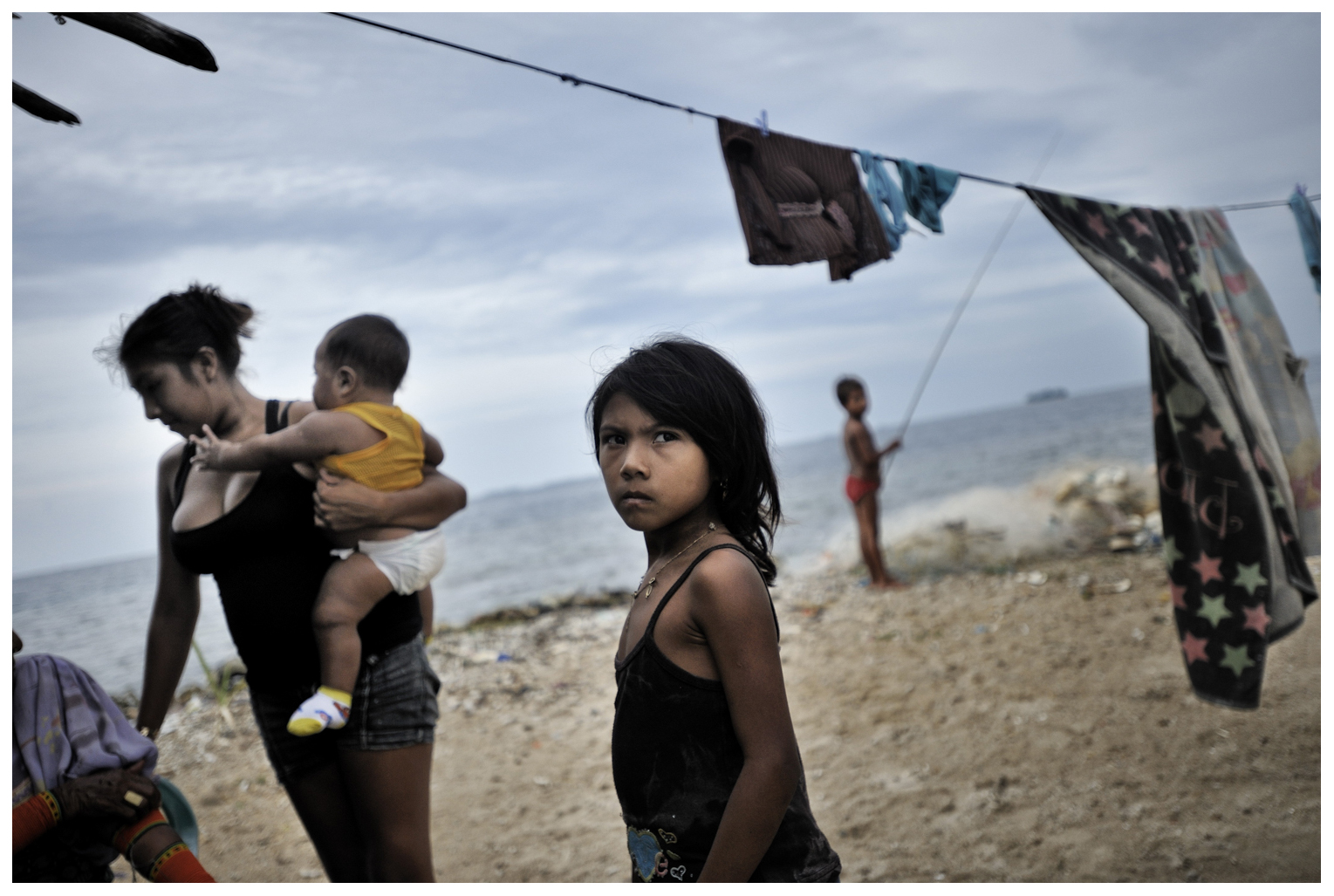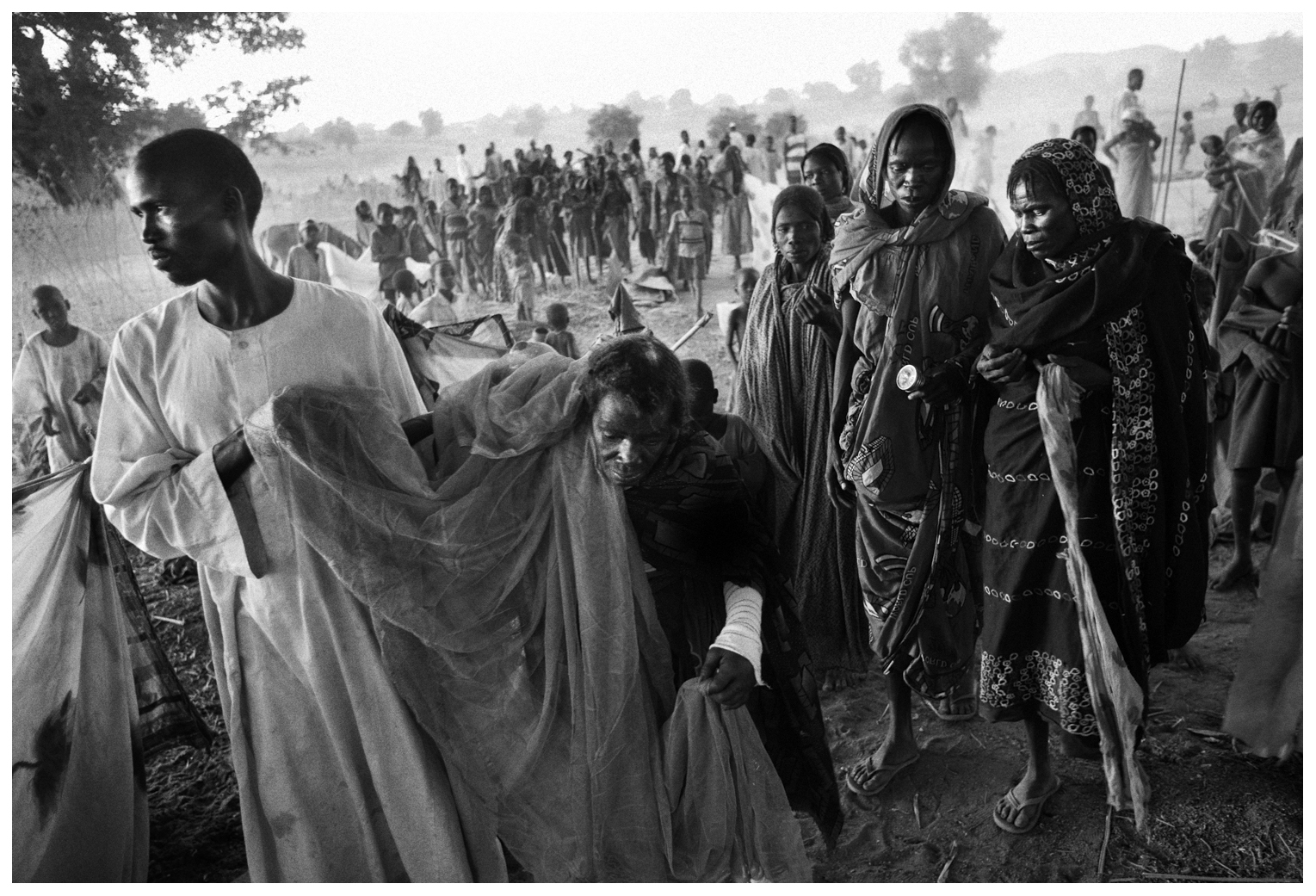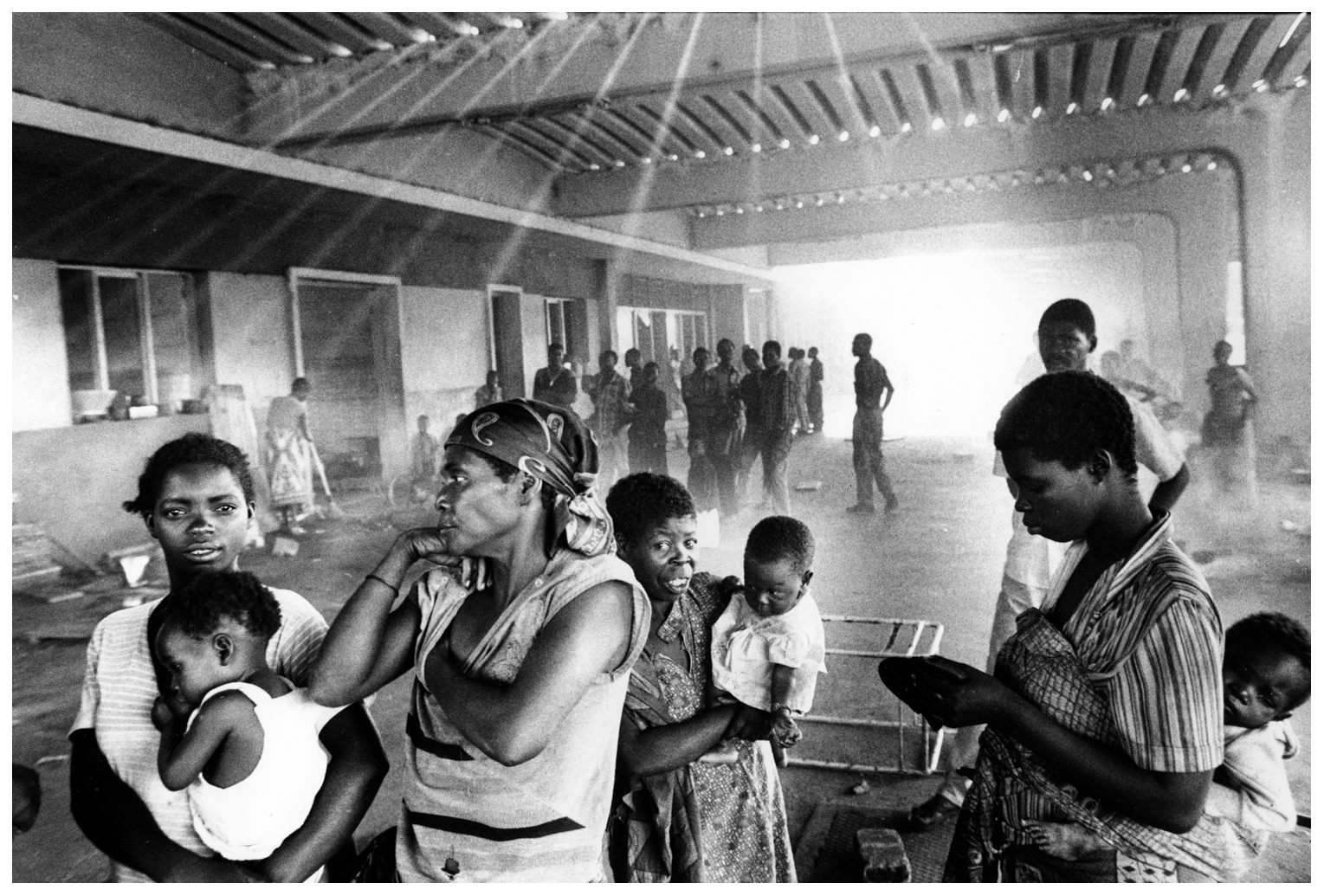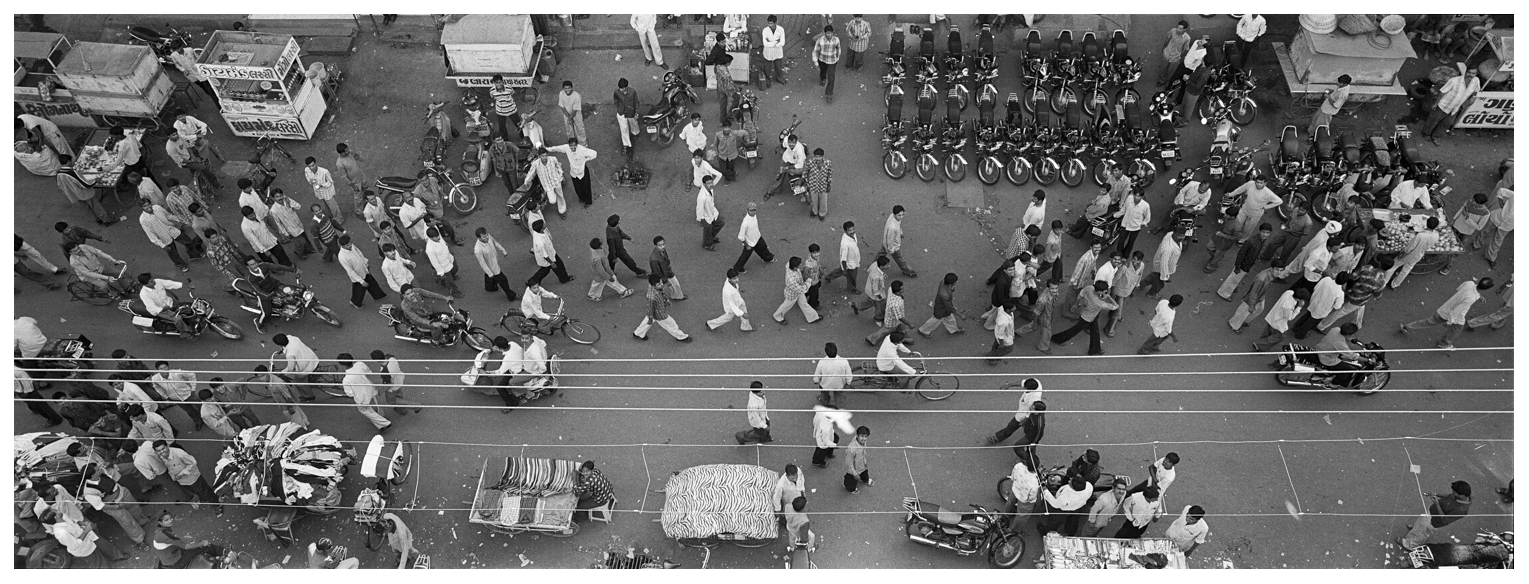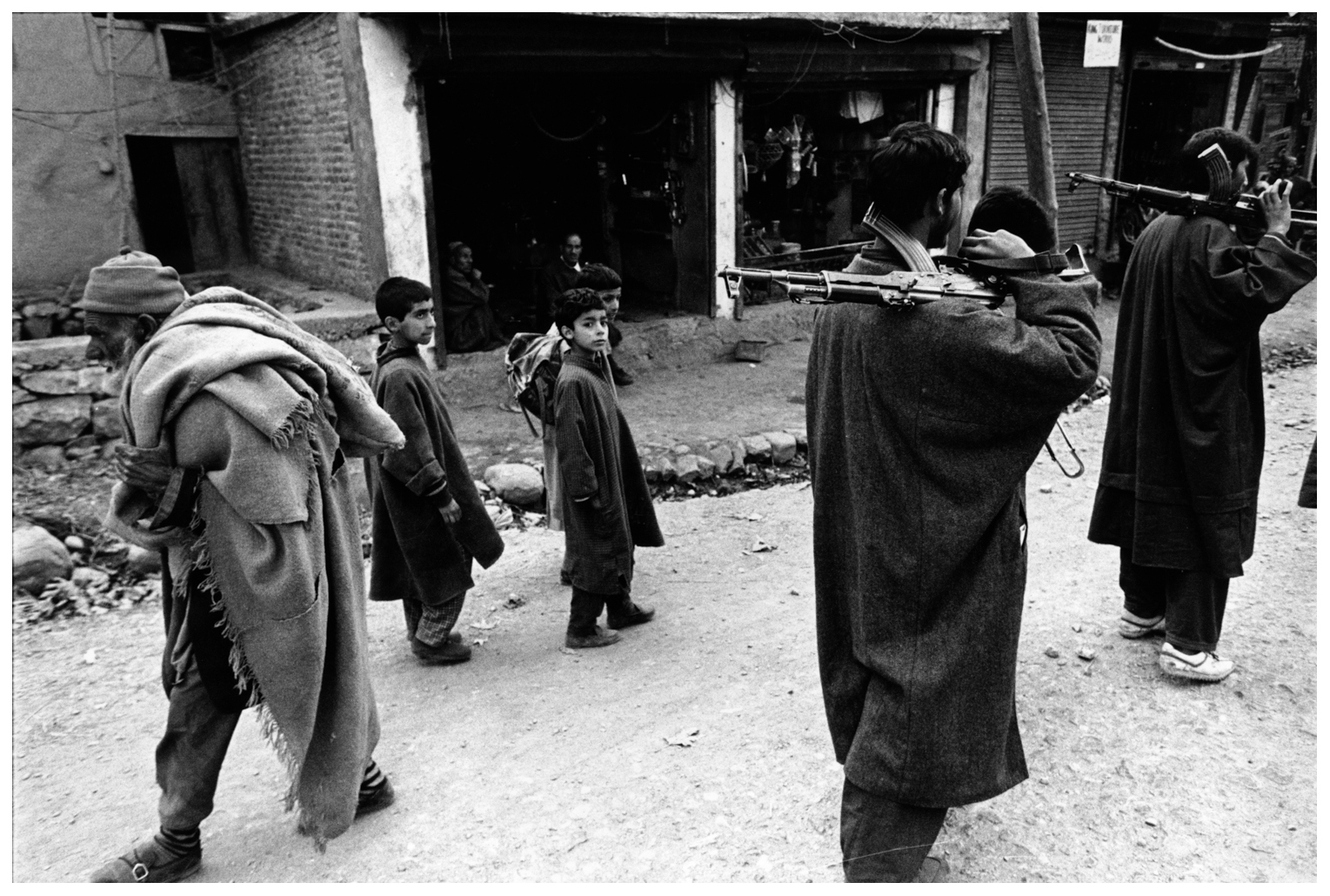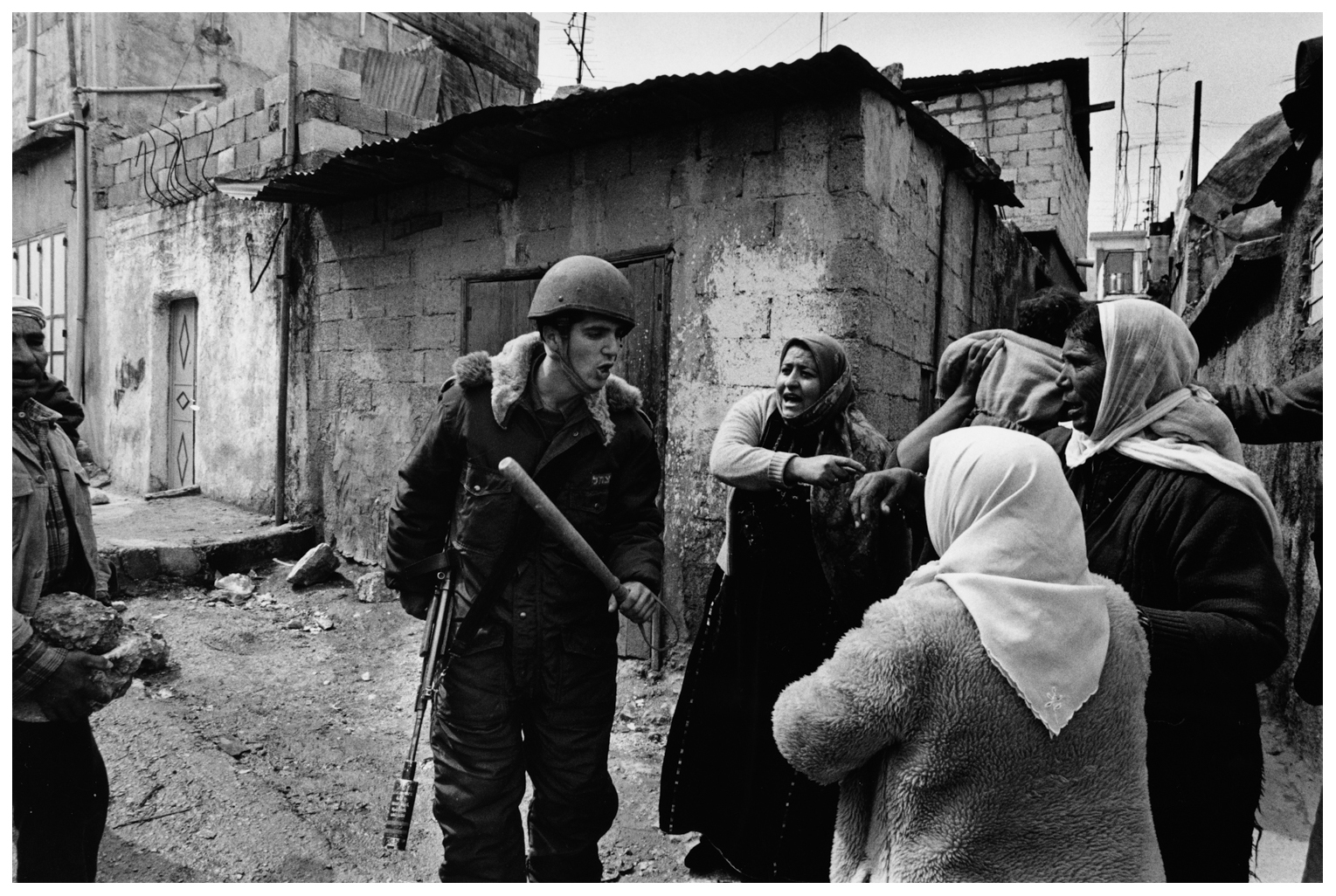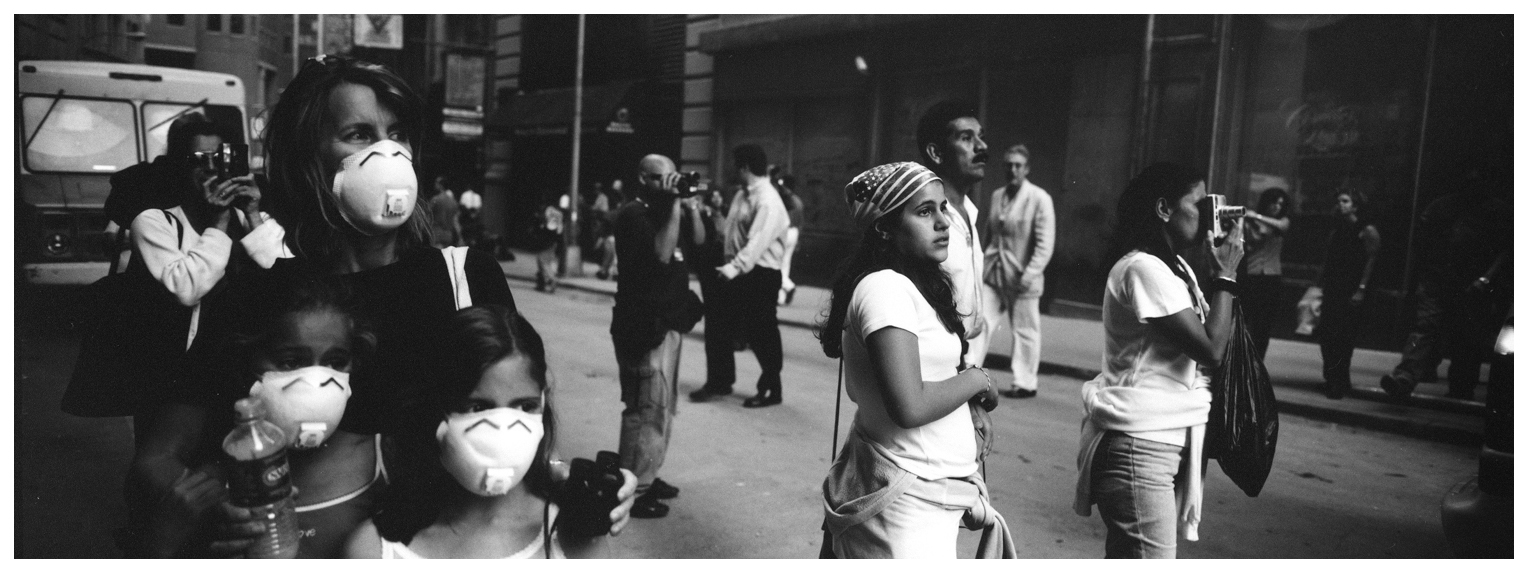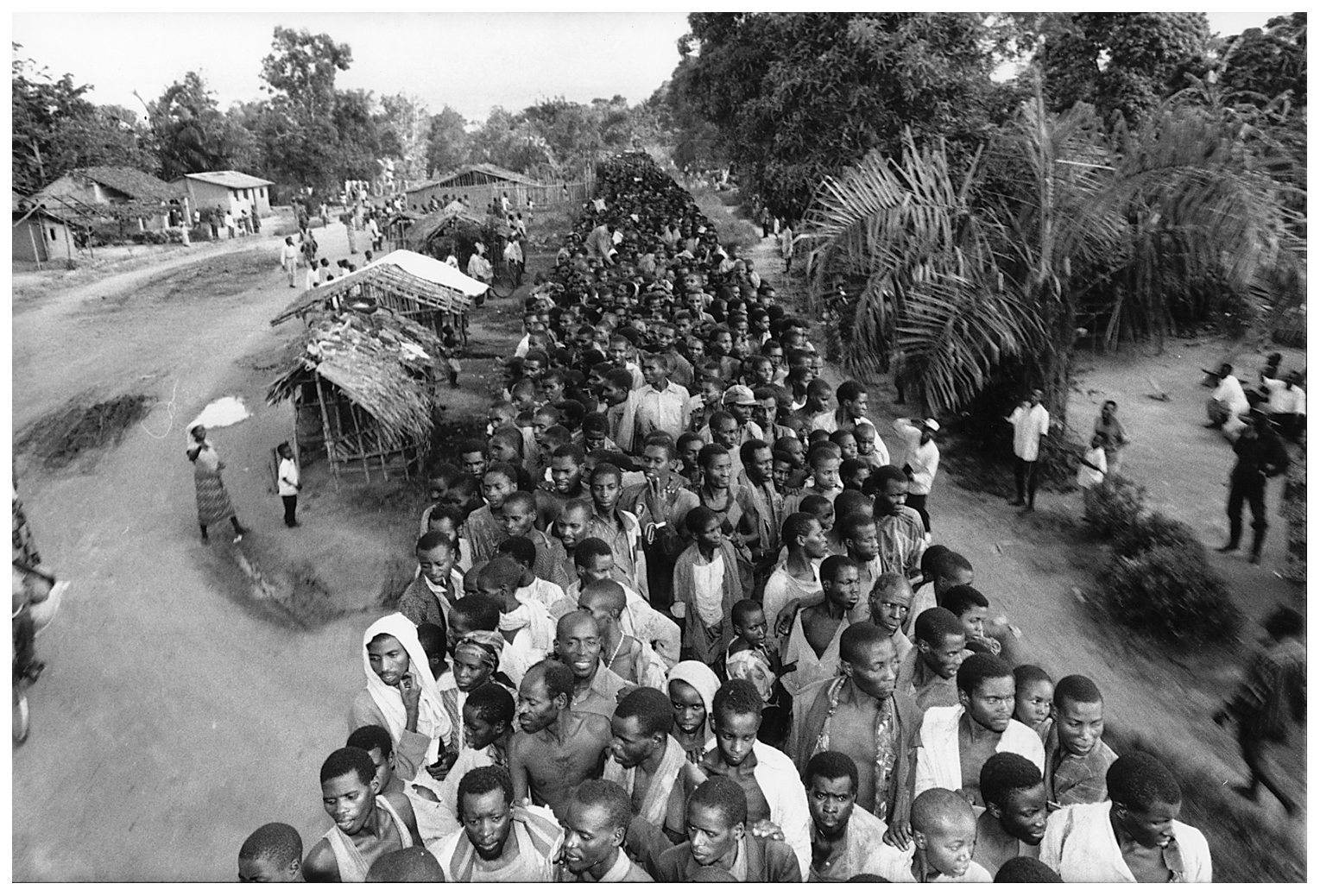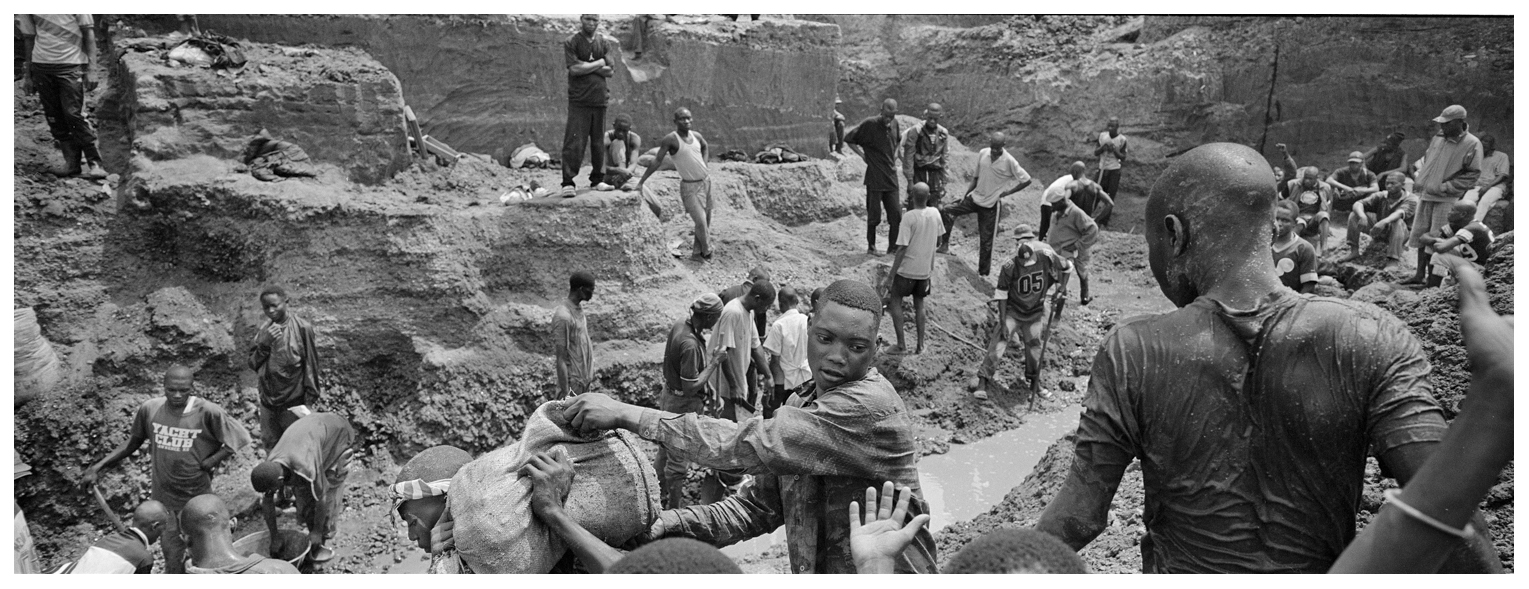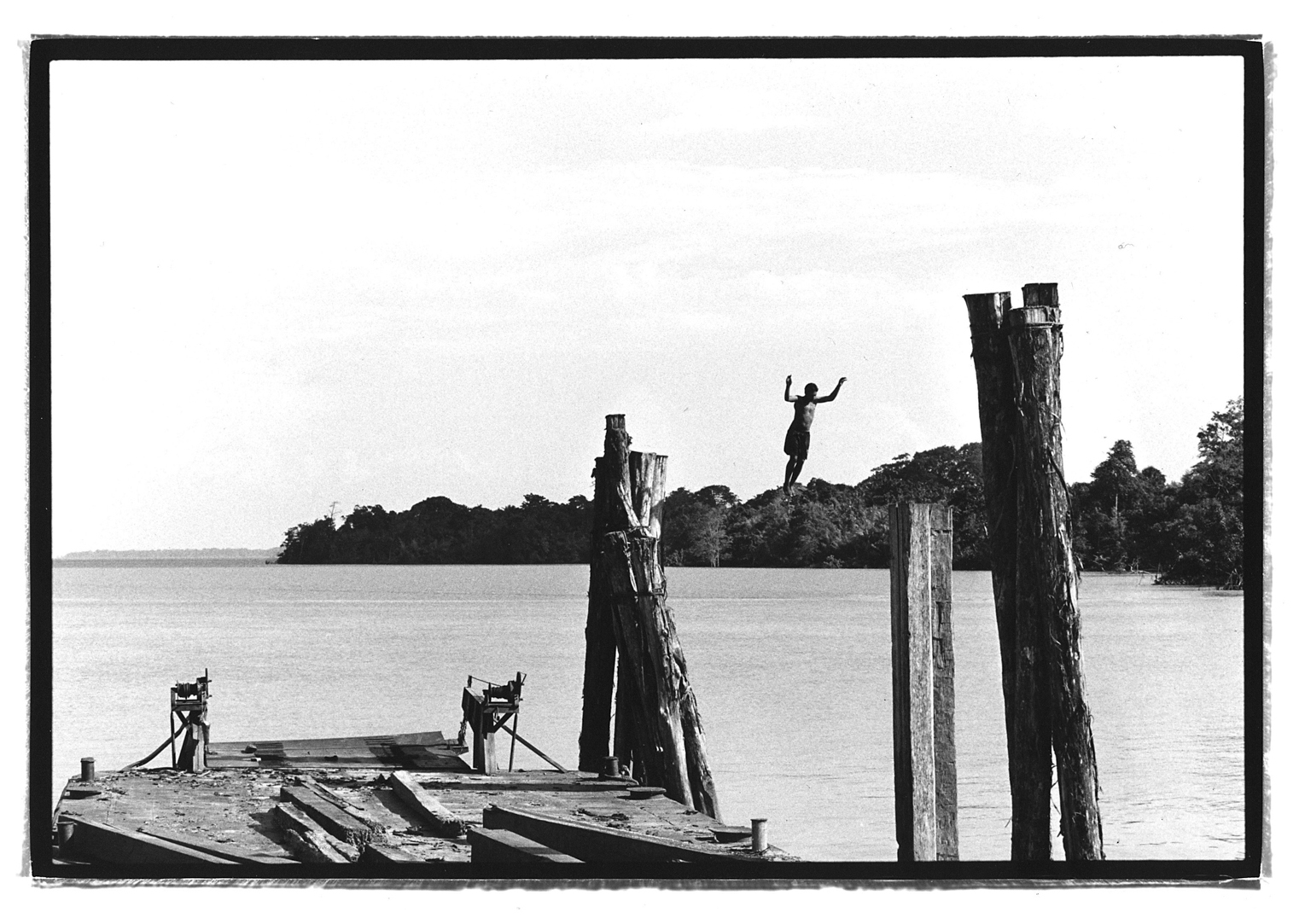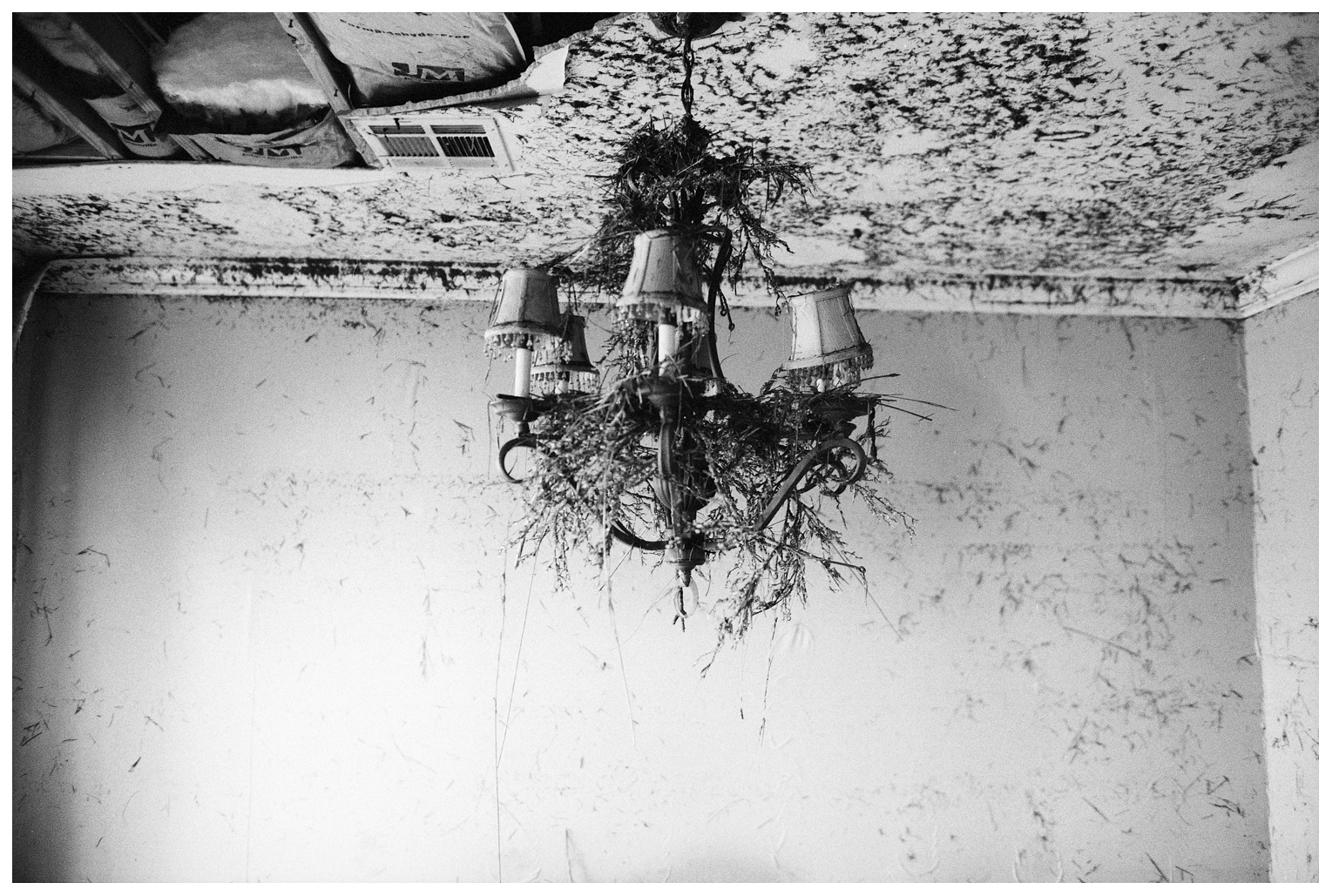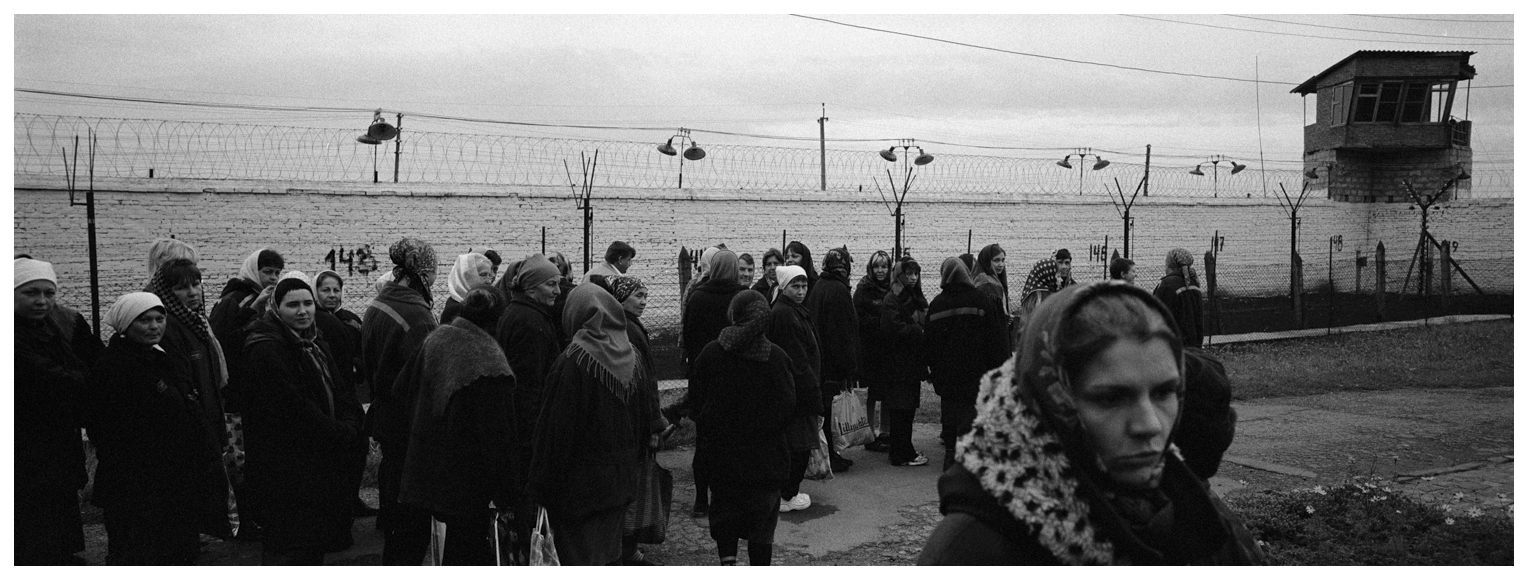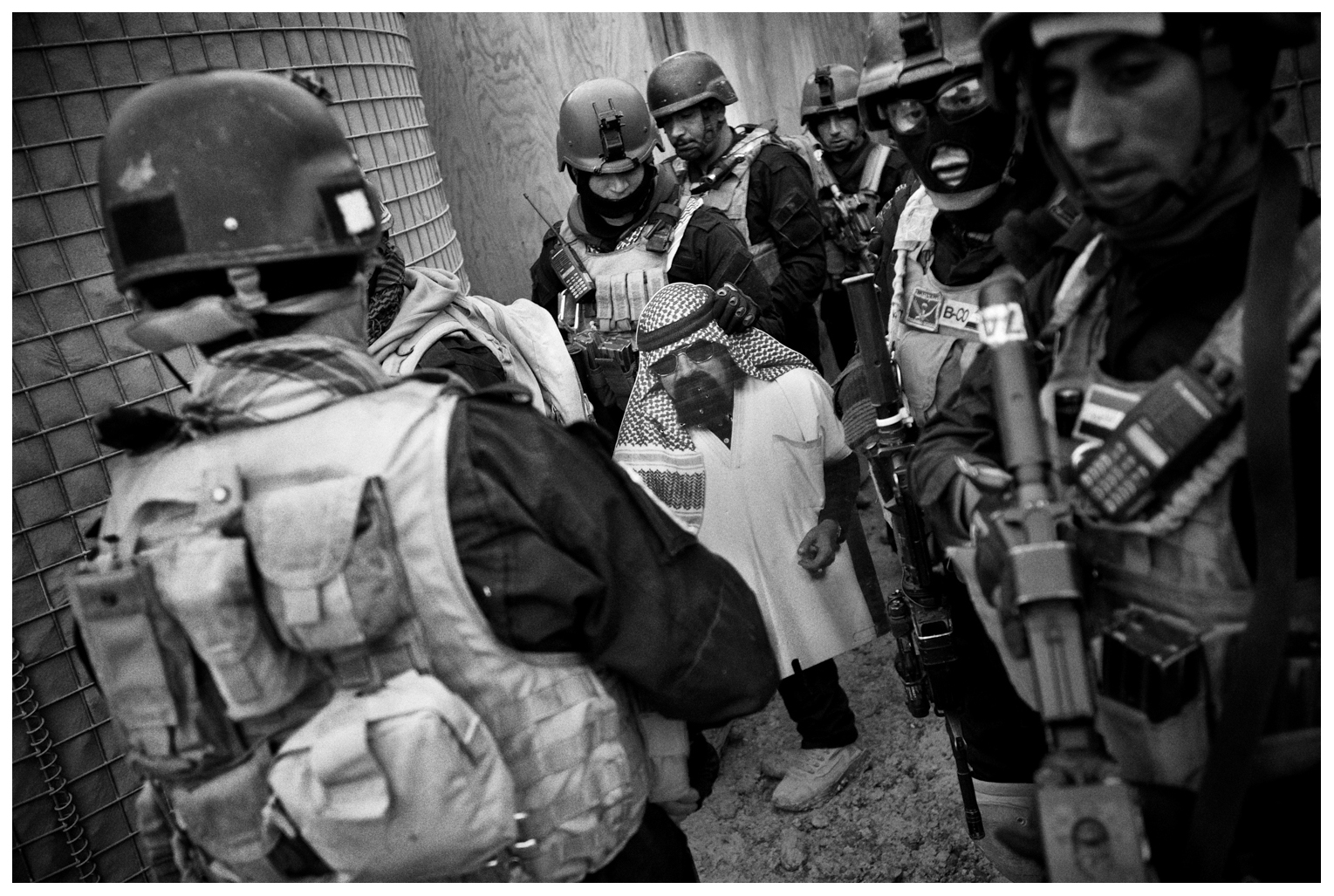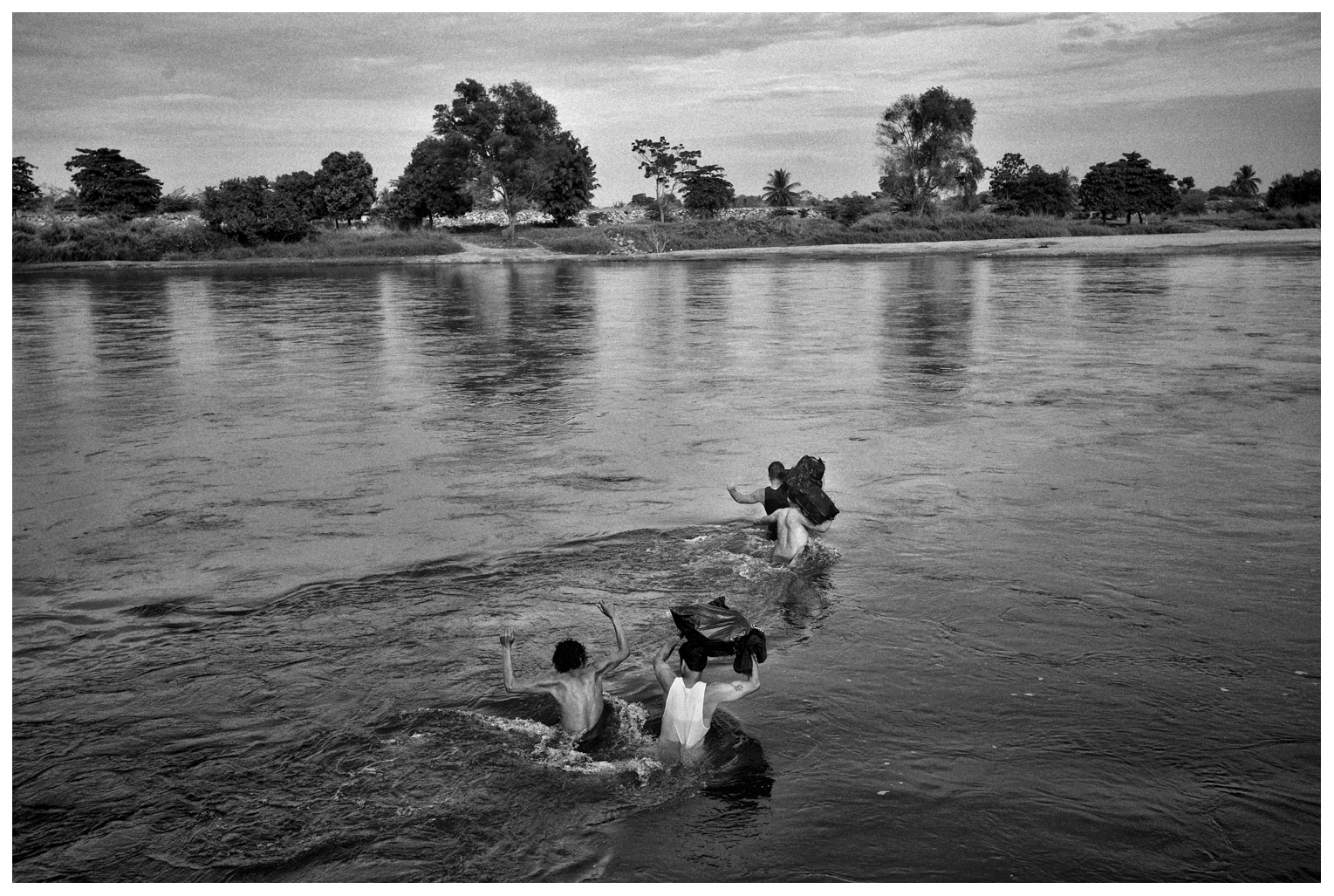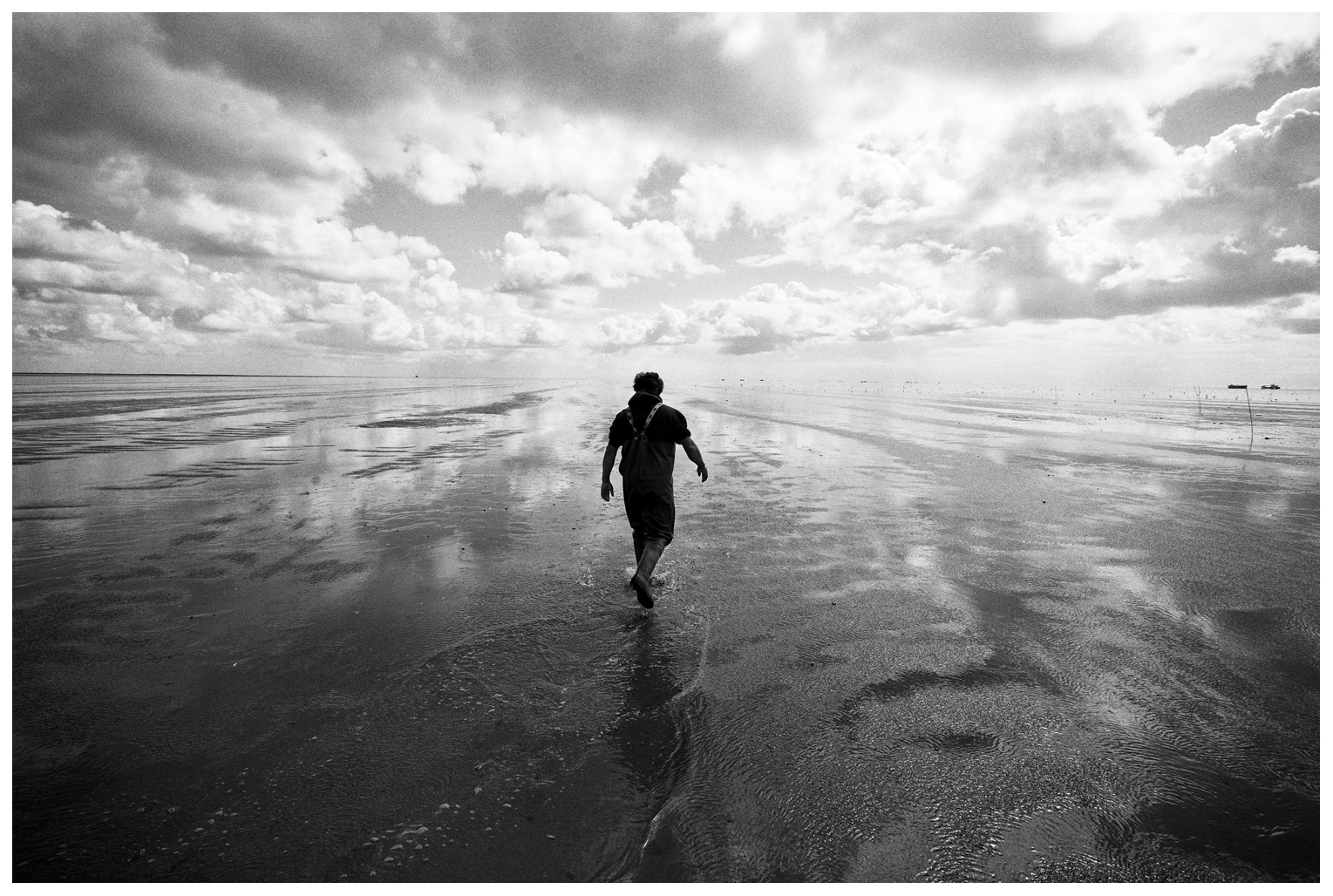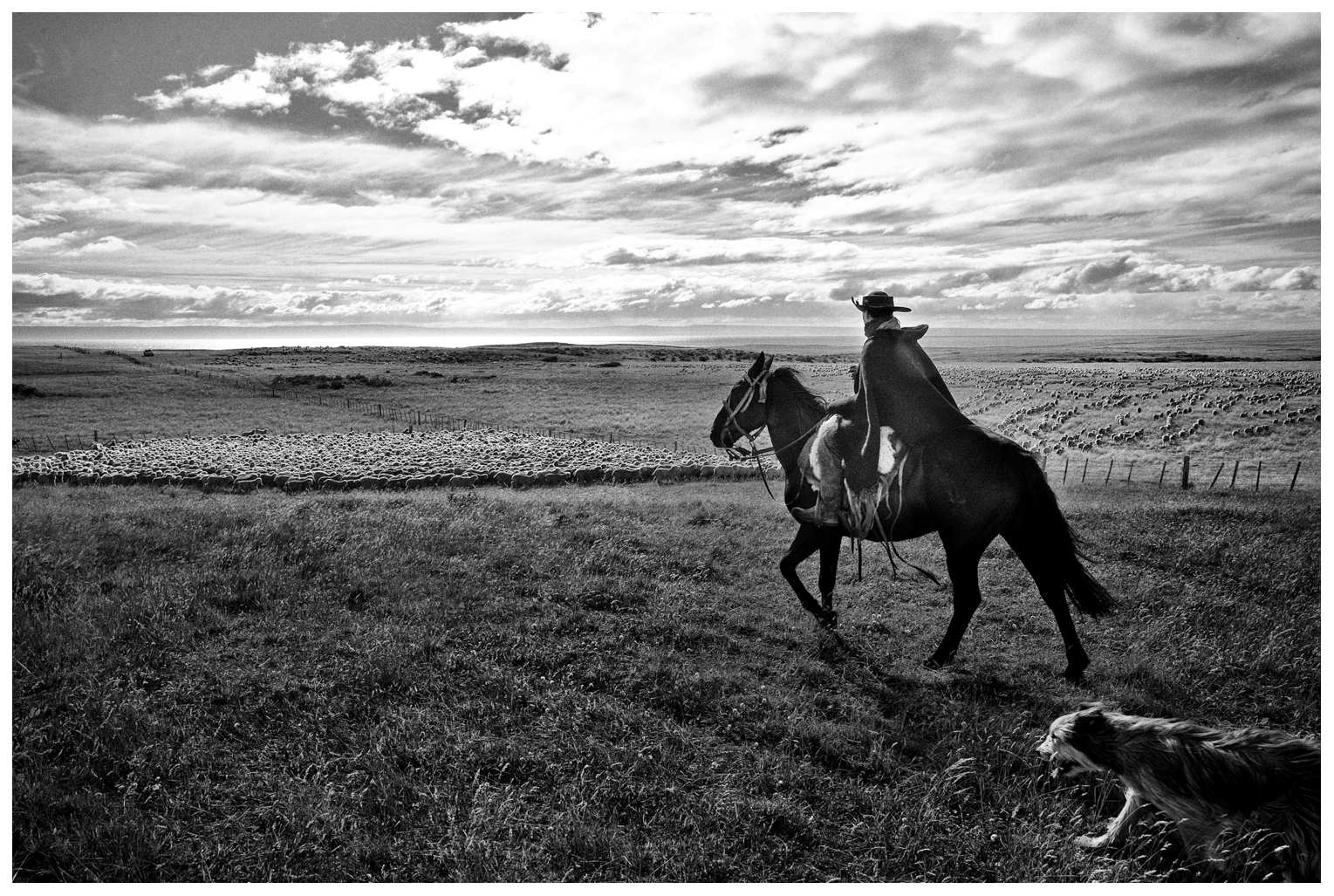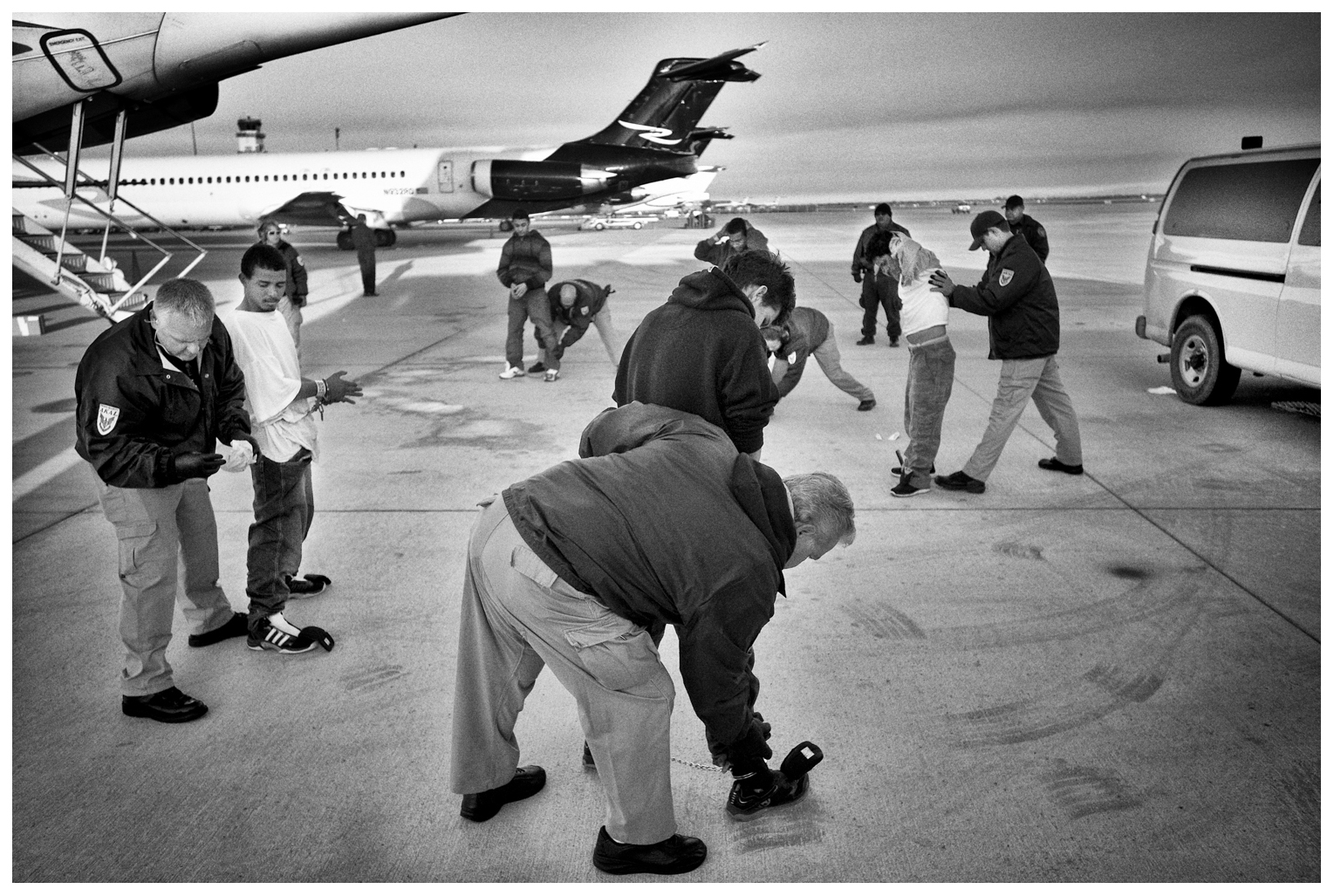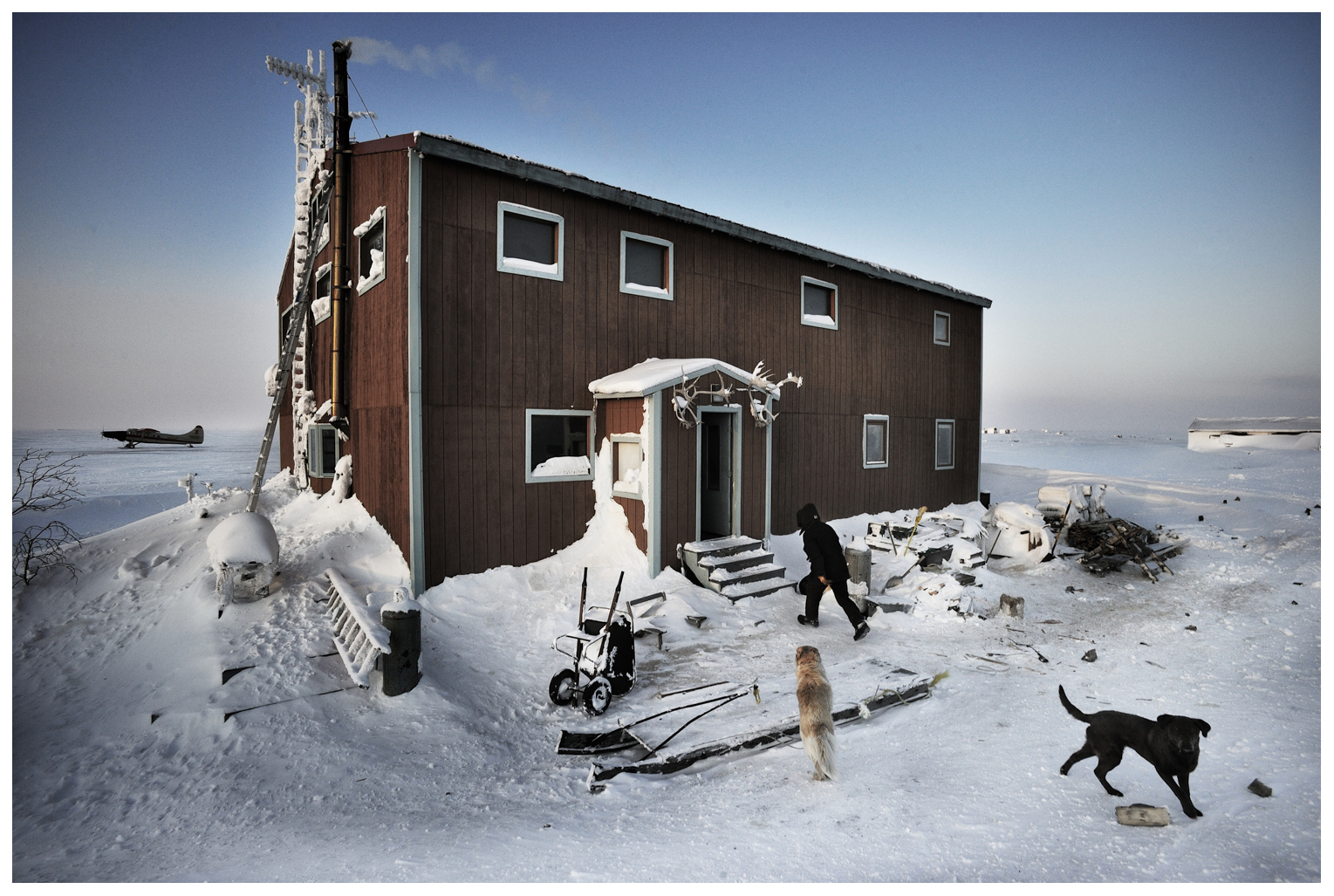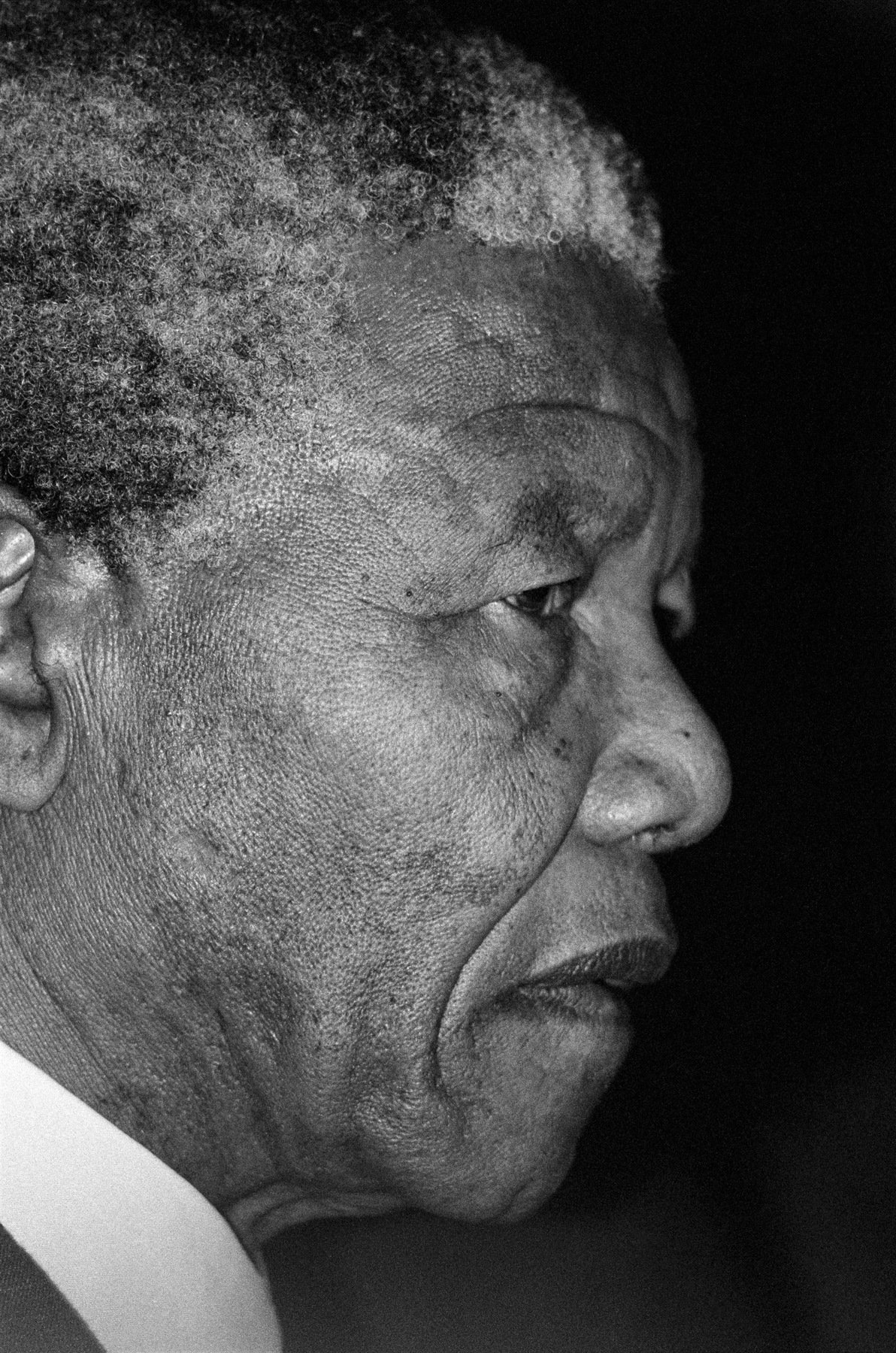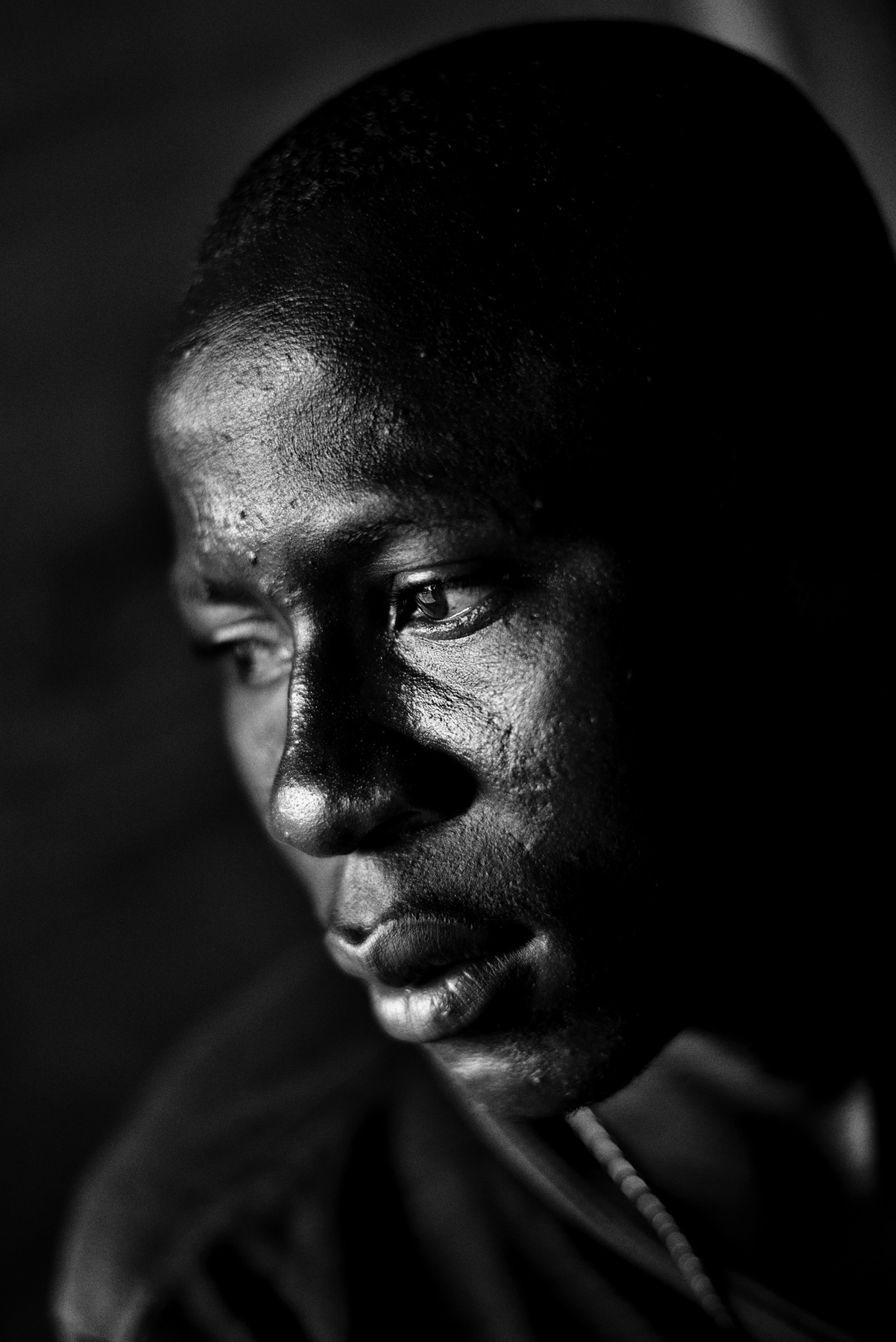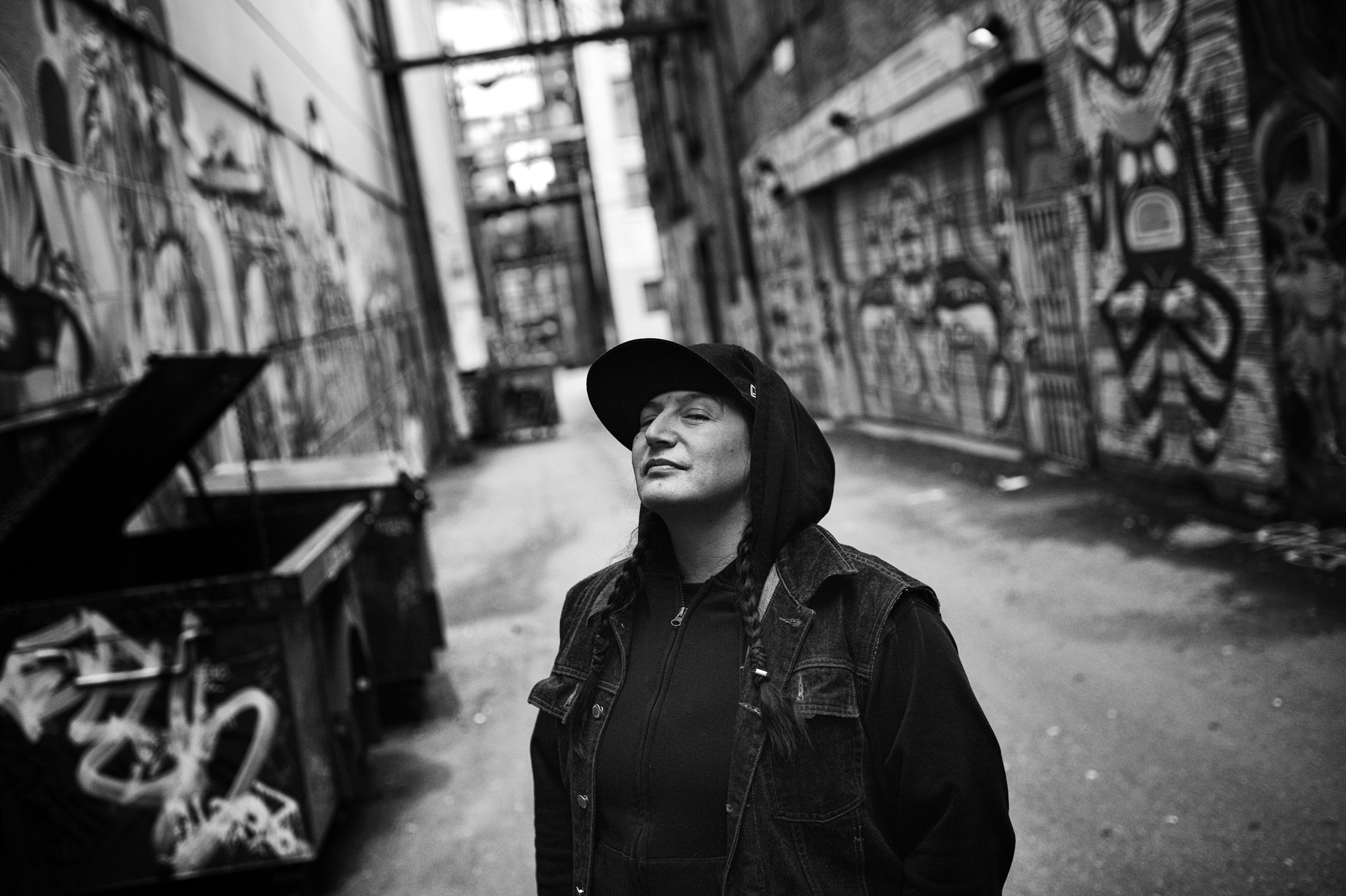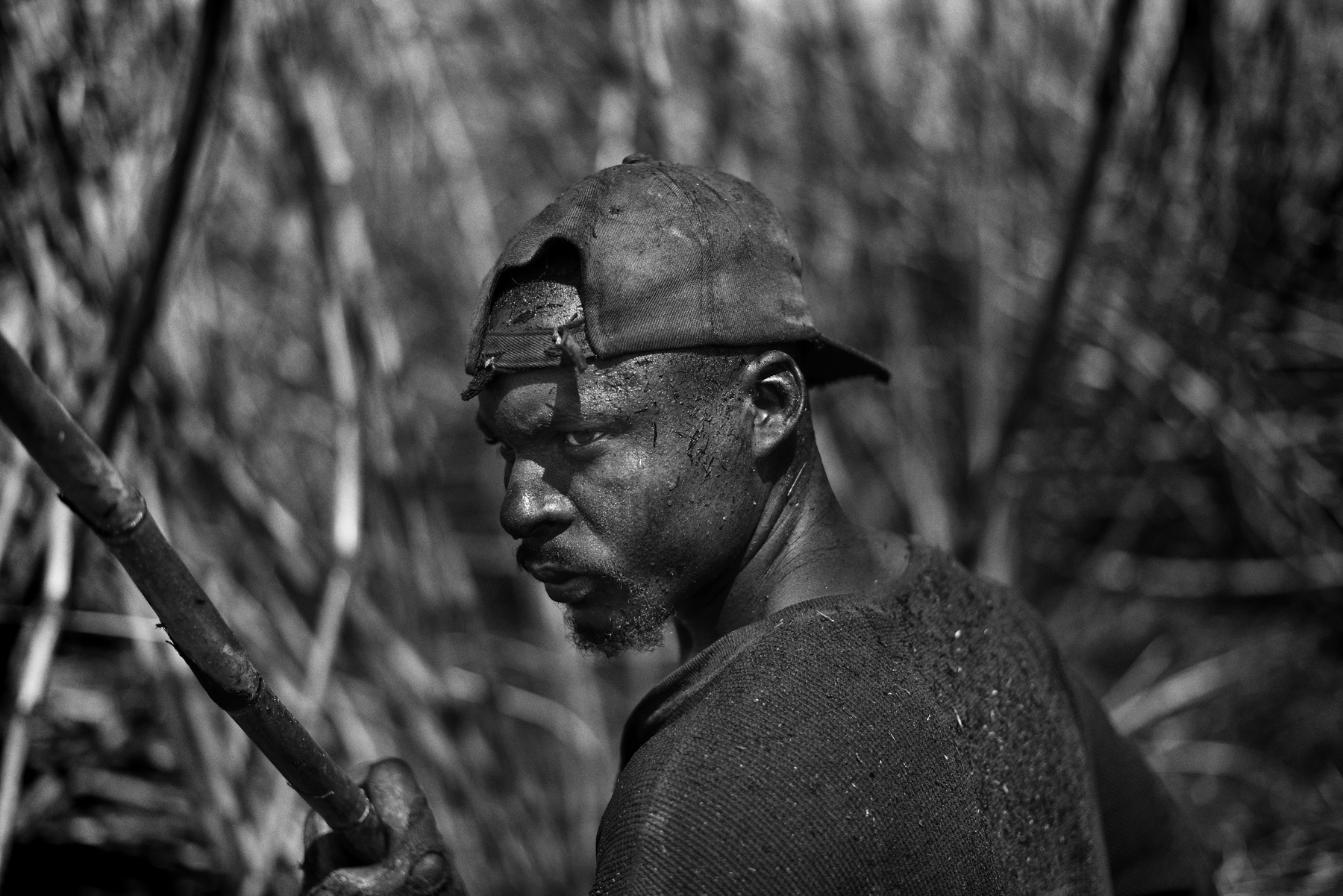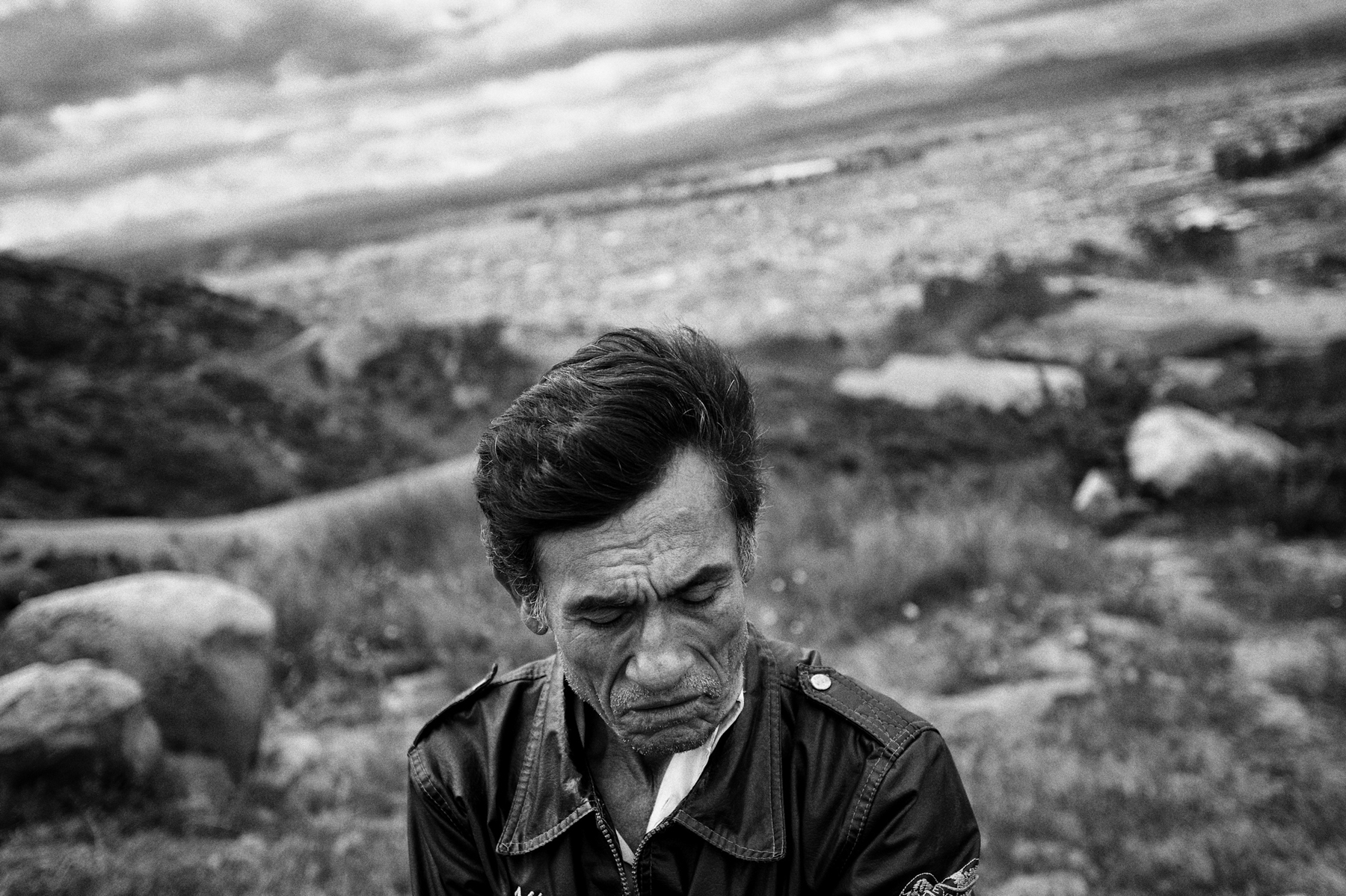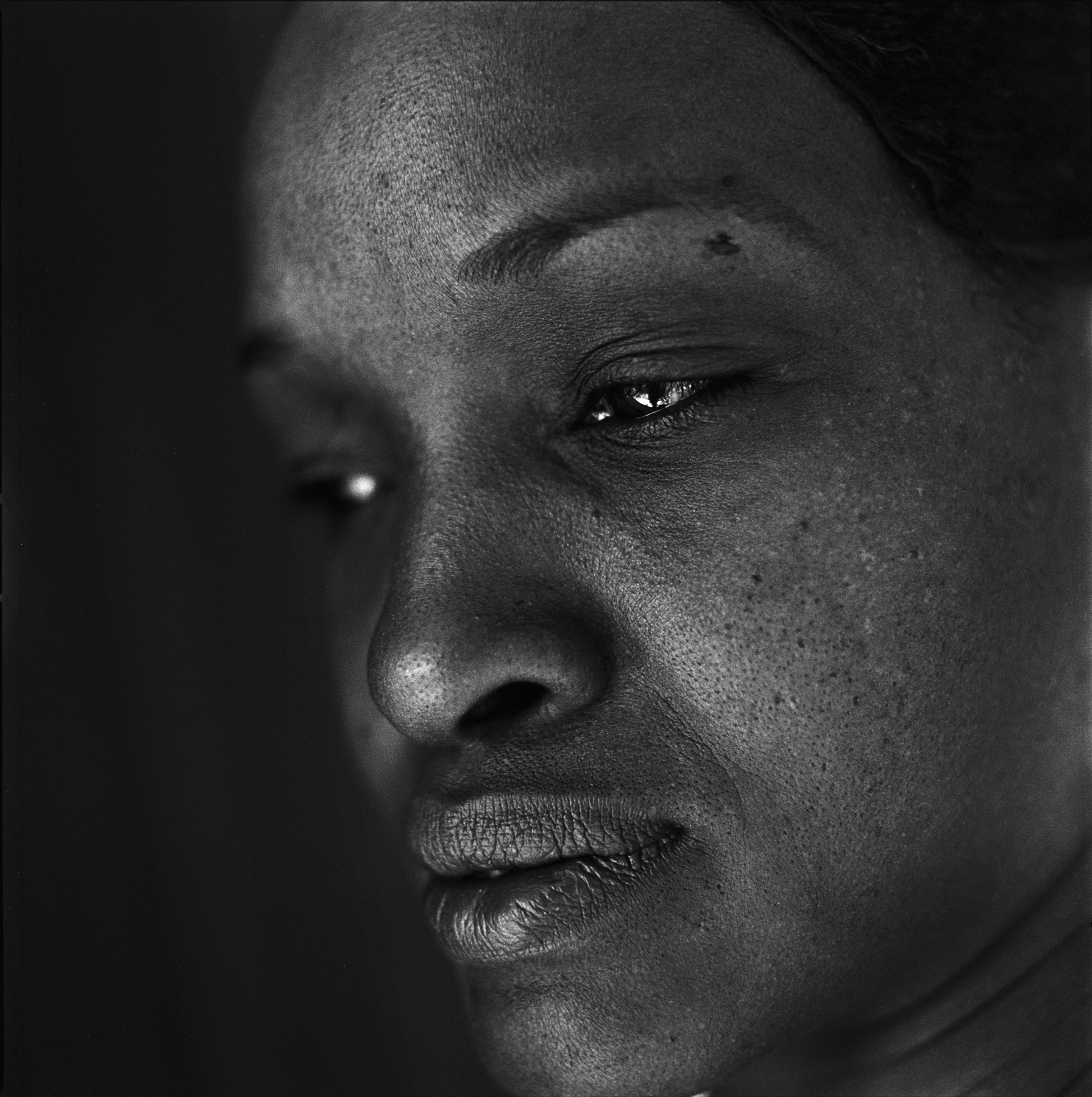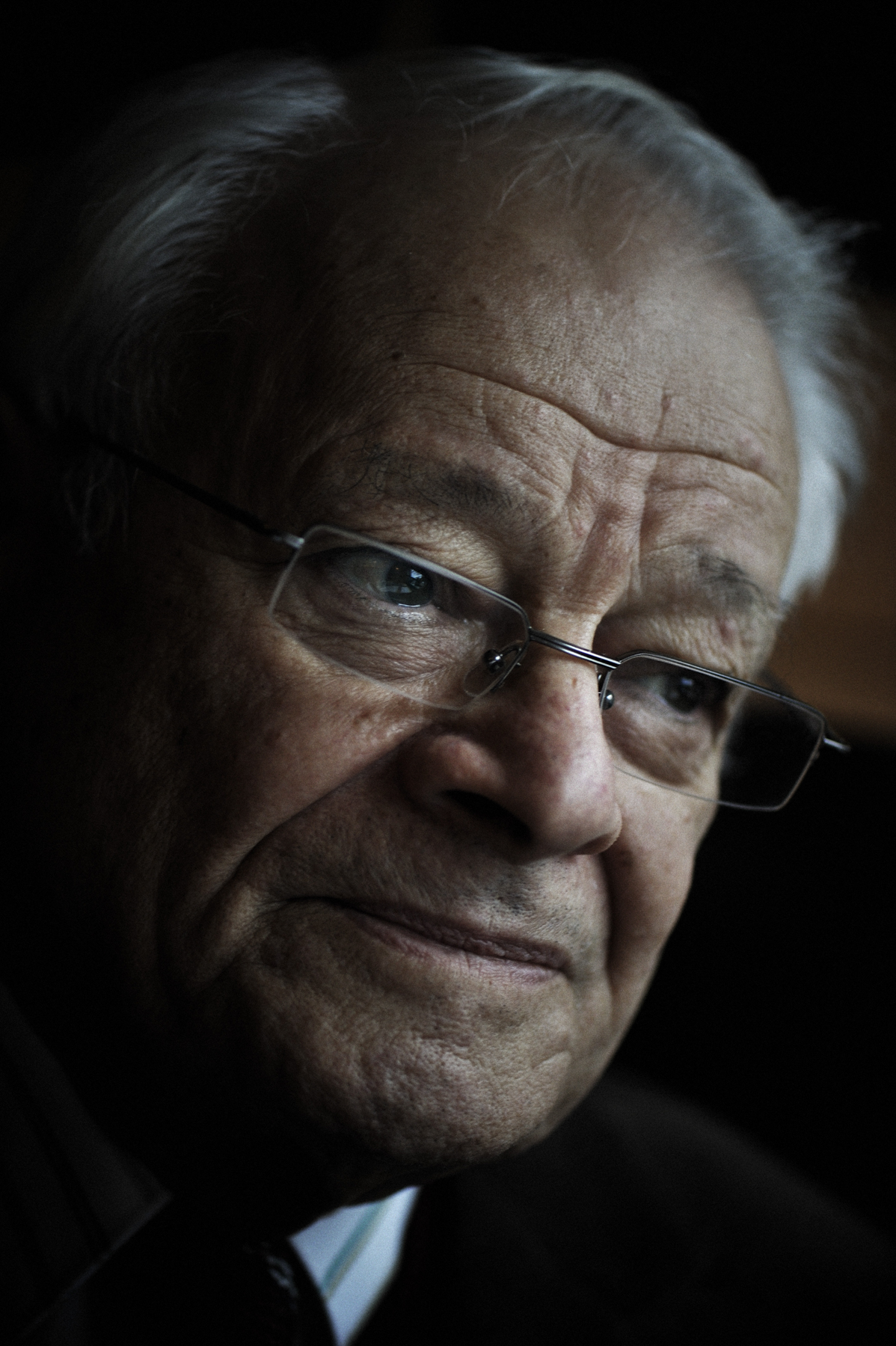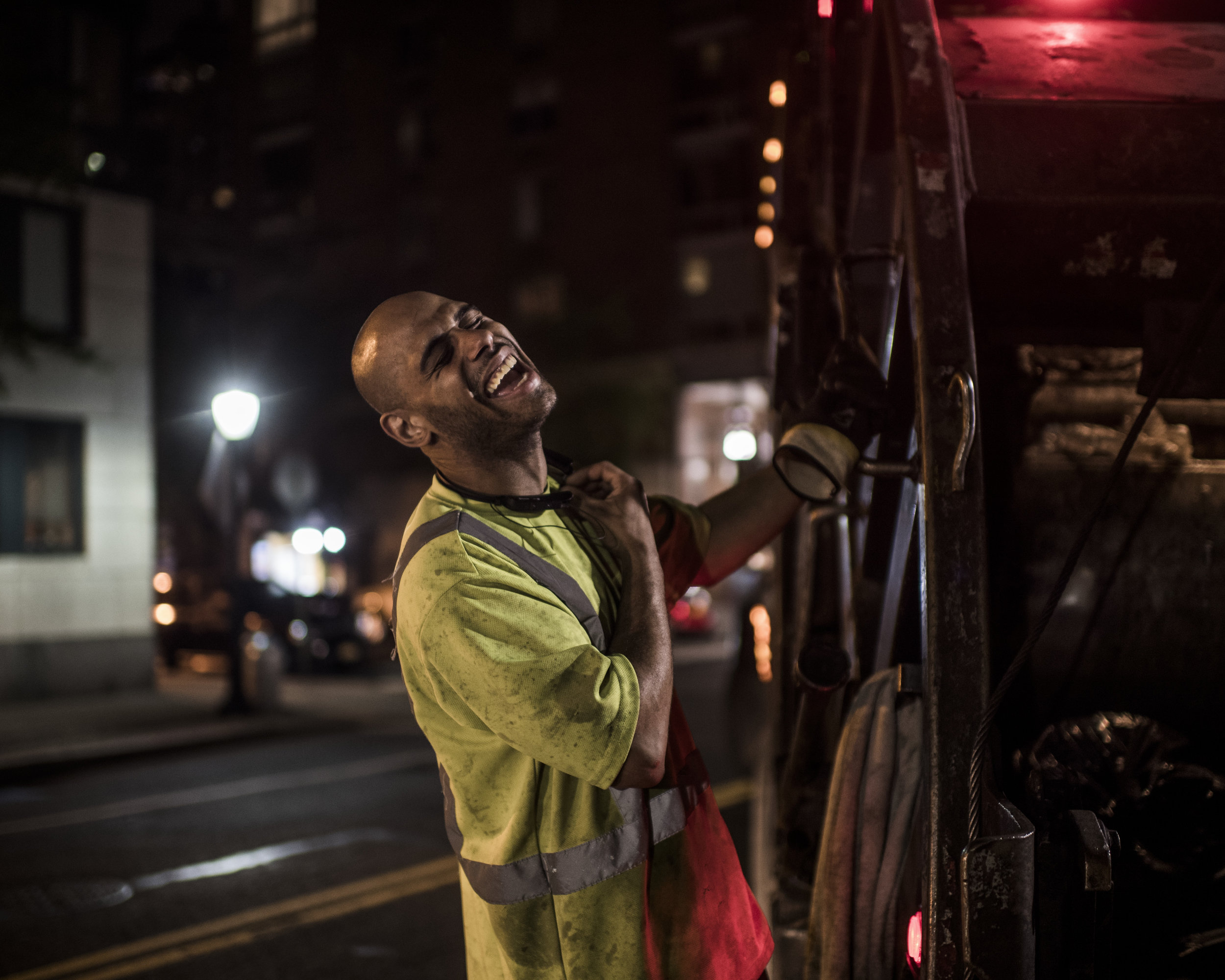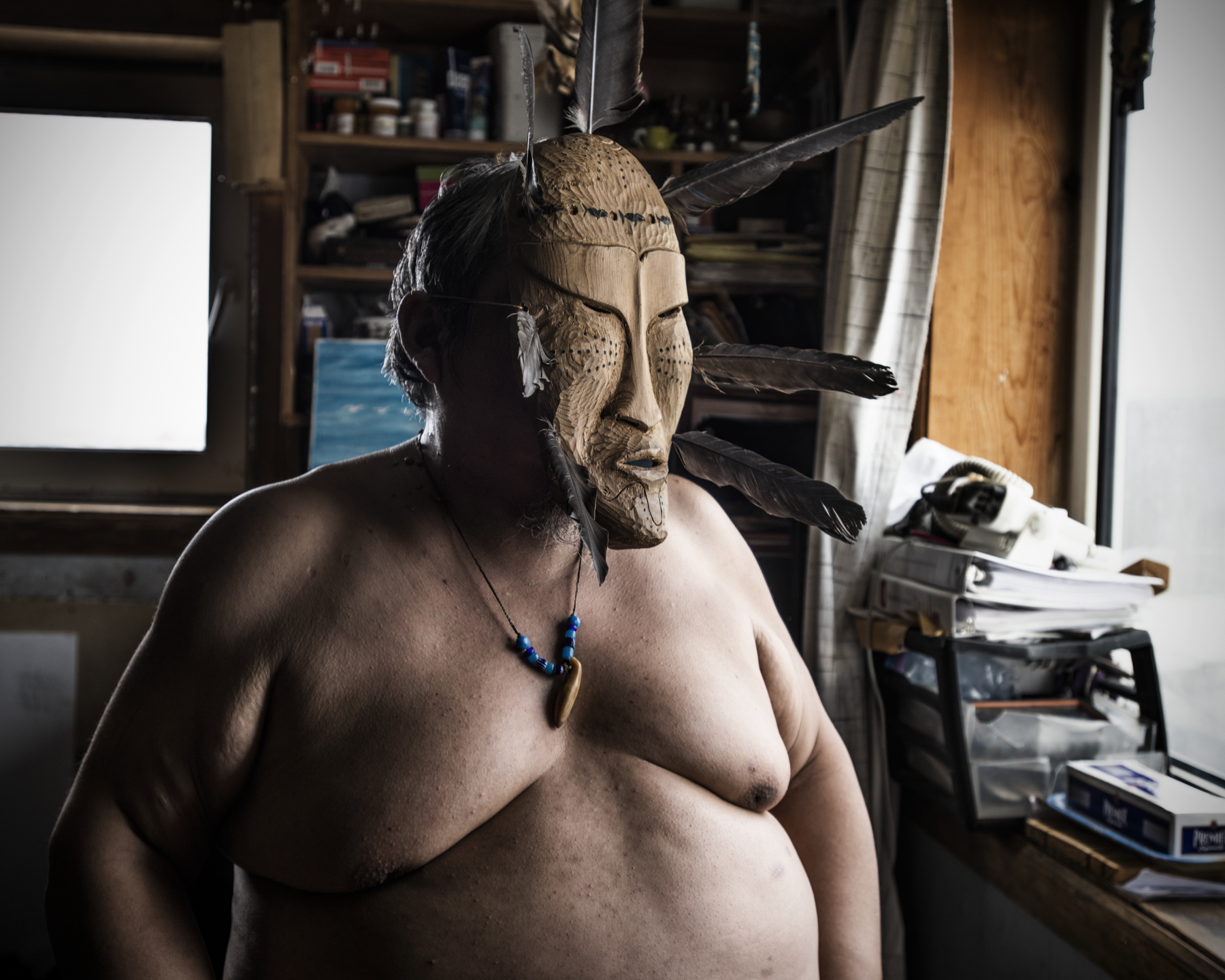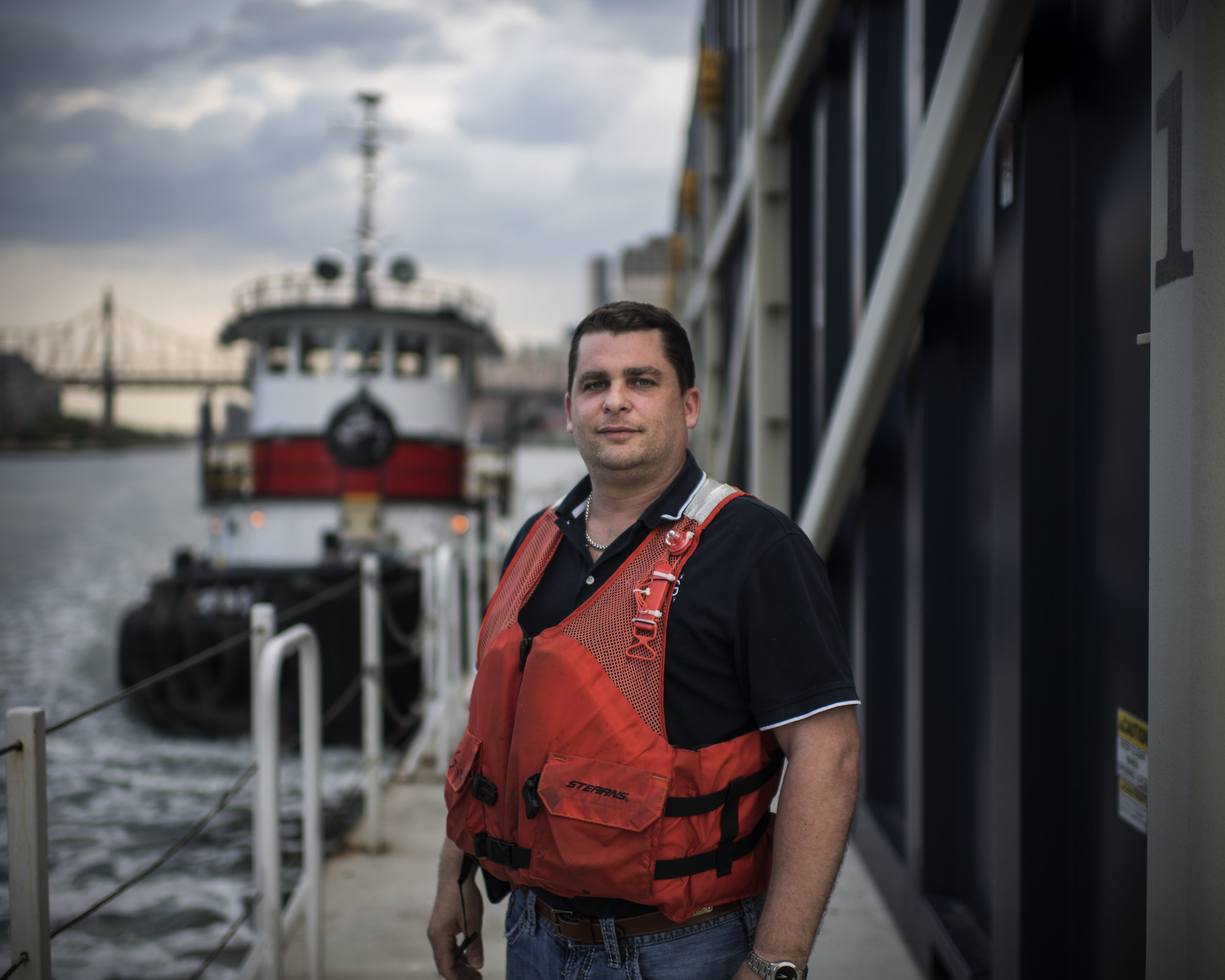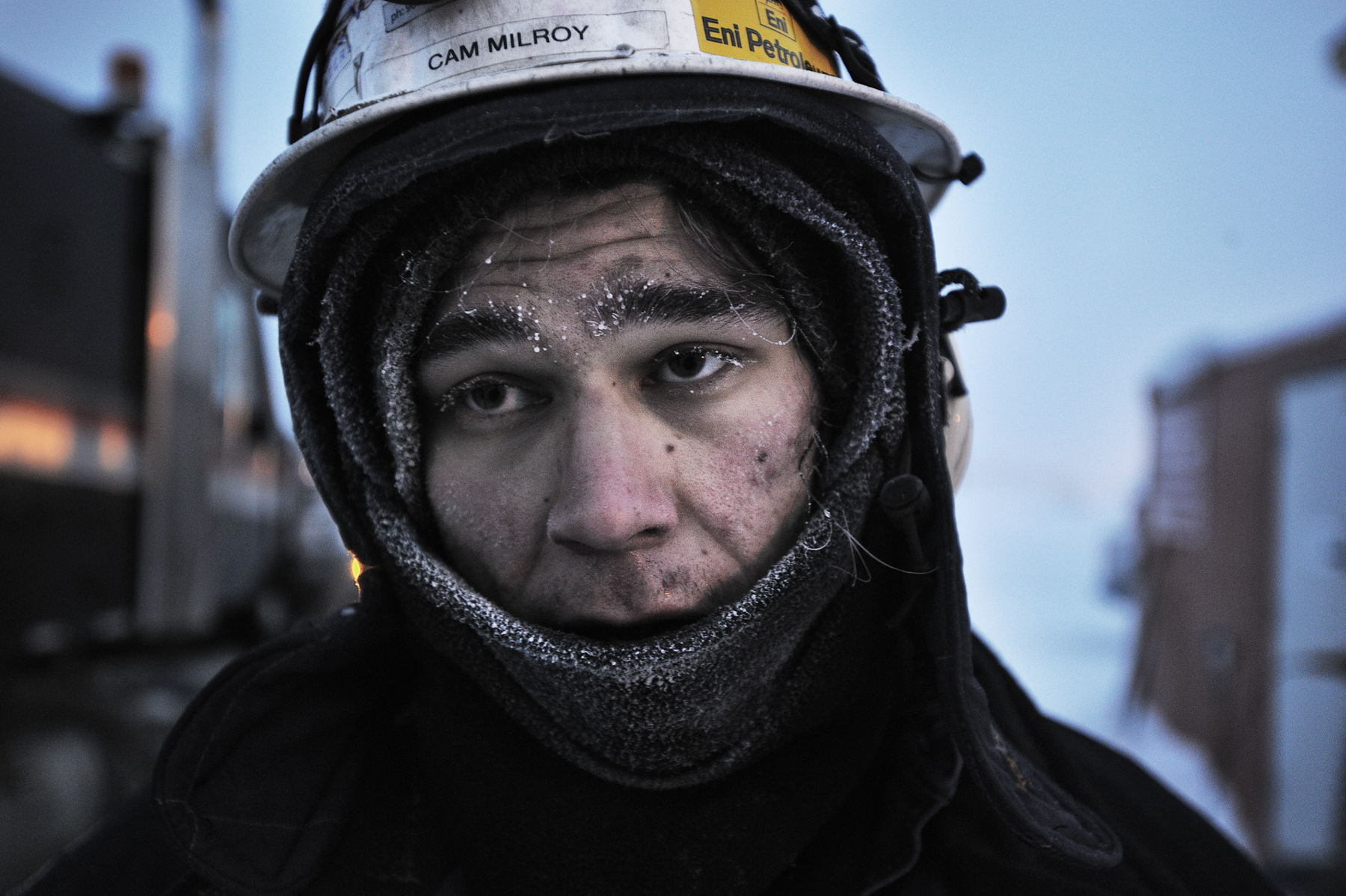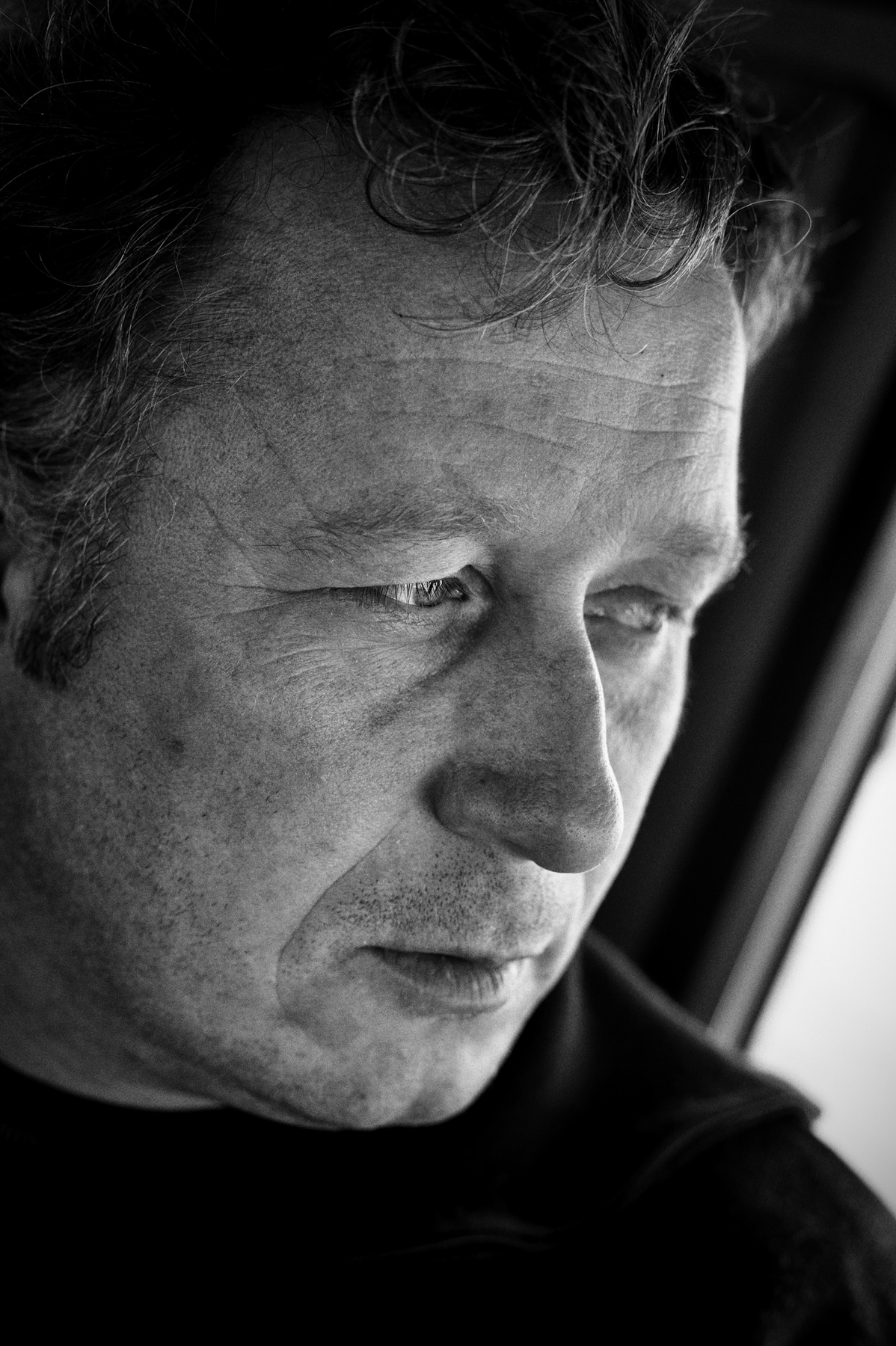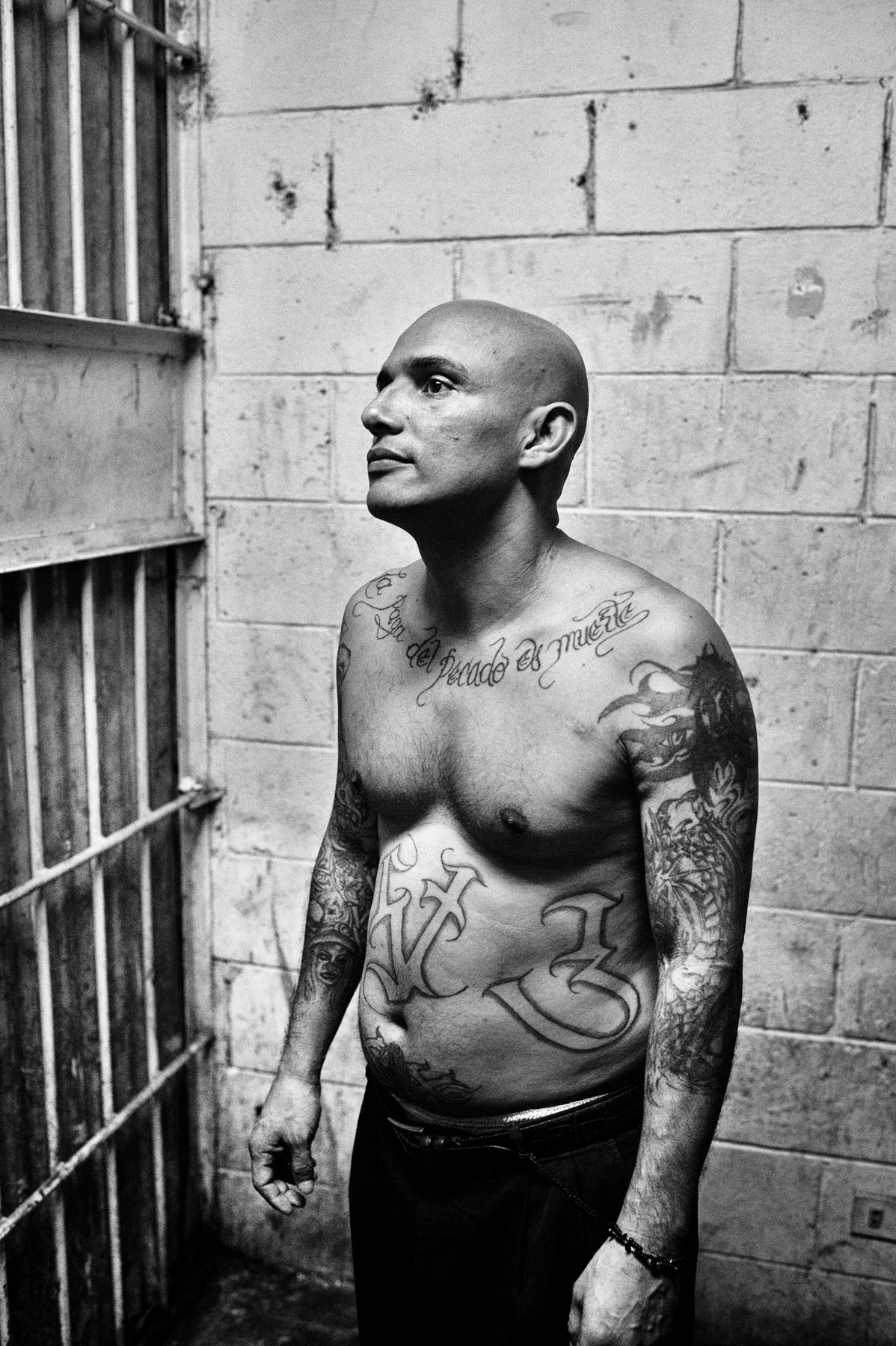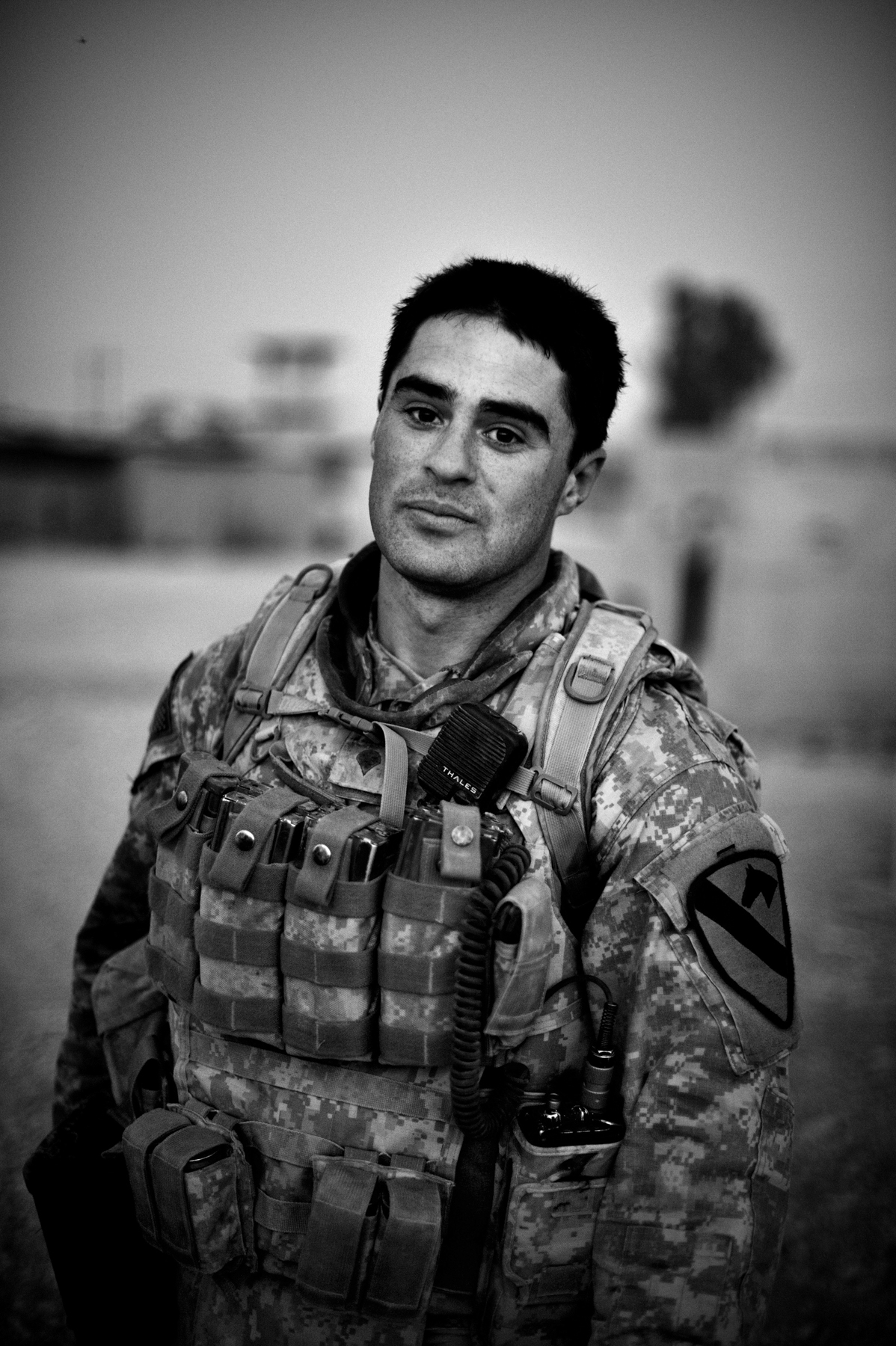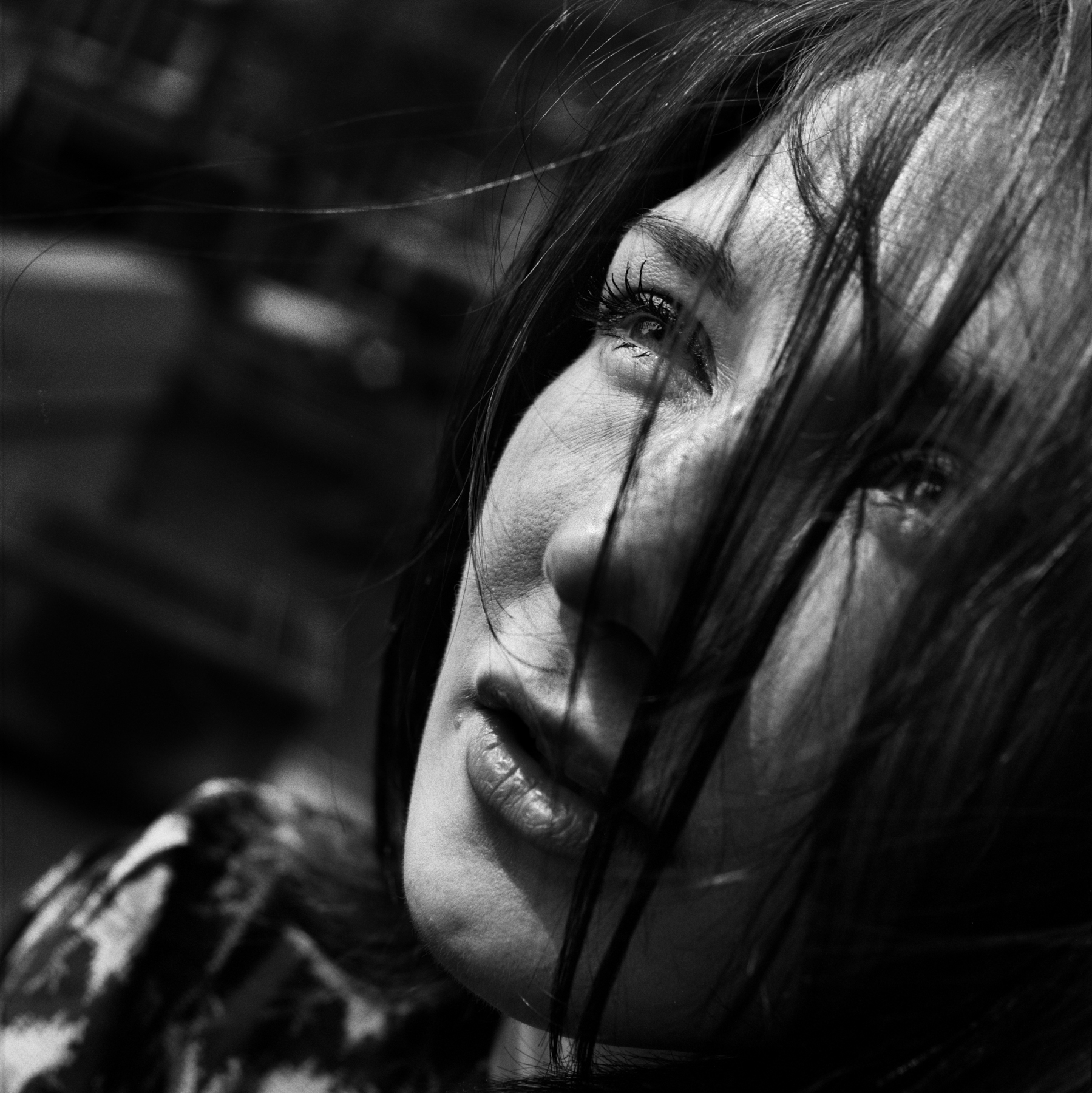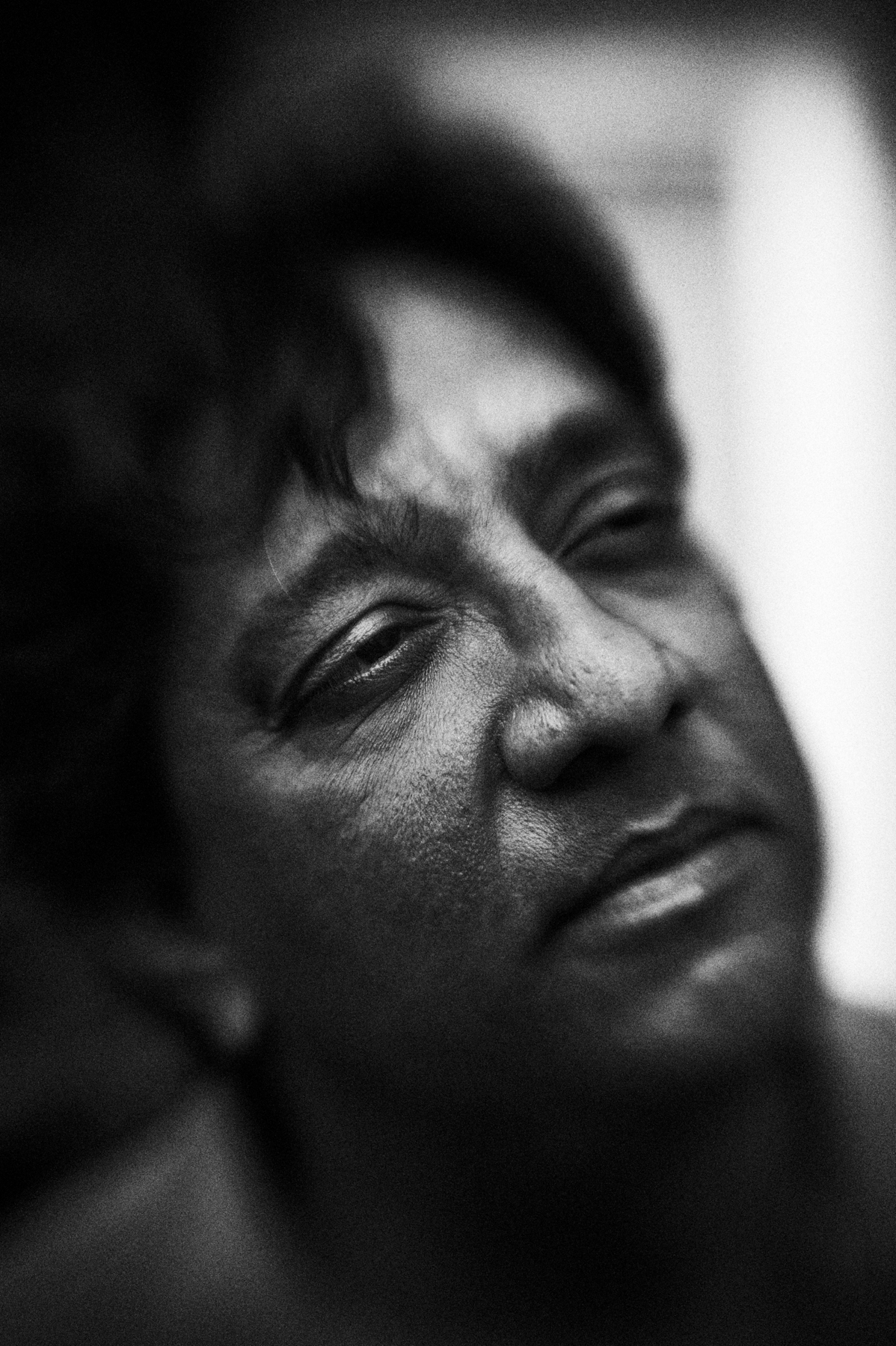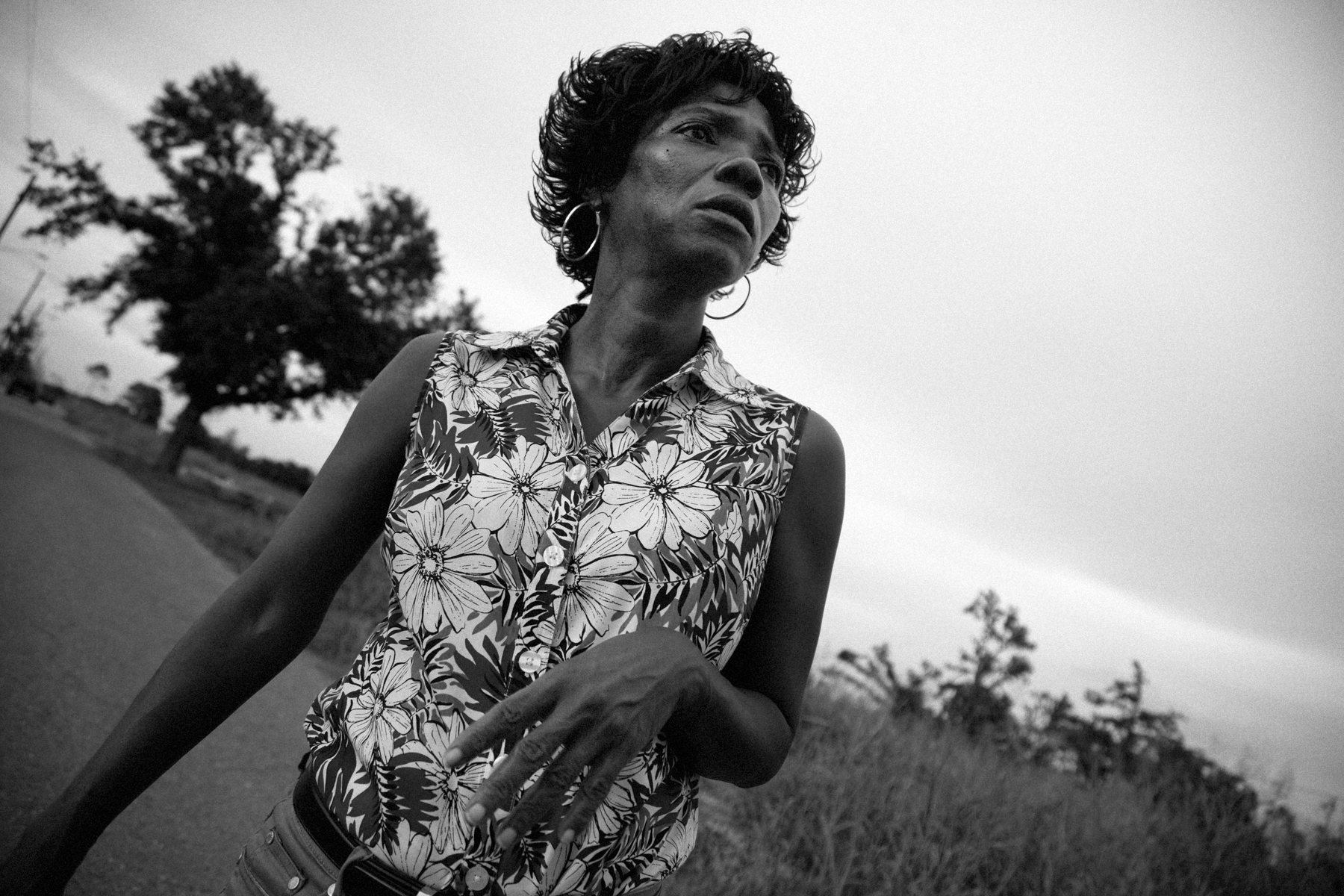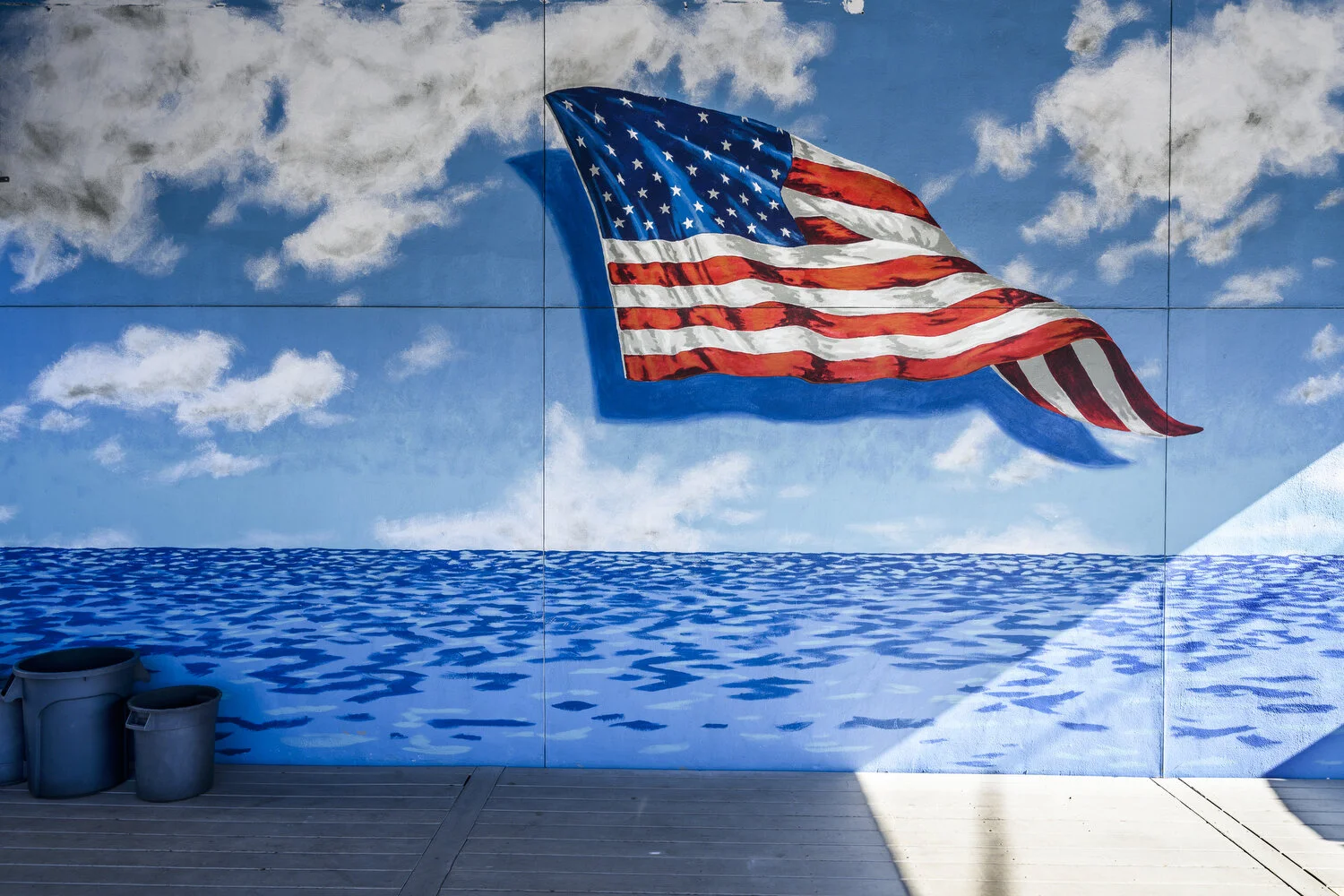Kadir van Lohuizen
Bio | Selected Stories | Selected Portraits |News, Education & Exhibitions | Books & Prints
Bio
Kadir van Lohuizen (The Netherlands, 1963) has covered conflicts in Africa and elsewhere, but is probably best known for his long-term projects on the seven rivers of the world, the rising of sea levels, the diamond industry and migration in the Americas. He started to work as a professional freelance photojournalist in 1988 covering the Intifada. In the years following, he worked in many conflict areas in Africa, such as Angola, Sierra Leone, Mozambique, Liberia and the DR of Congo. From 1990 to 1994 he covered the transition in South Africa from apartheid to democracy.
After the collapse of the Soviet Union, Kadir covered social issues in different corners of the former empire. In 1997 he embarked on a big project to travel along the seven rivers of the world, from source to mouth, covering daily life along these lifelines. The project resulted in the book “Rivers” and “Aderen” (Mets & Schilt). Kadir has received numerous prizes and awards in photojournalism. In 2000 and 2002 Kadir was both a jury member of the World Press Photo contest and on the supervisory board of the World Press Photo foundation. In 2004 he went back to Angola, Sierra Leone and the DR of Congo to portray the diamond industry, following the diamonds from the mines to the consumer markets in the western world. The exhibitions that resulted from this project were not only shown in Europe and the USA, but also in the mining areas of Congo, Angola and Sierra Leone. The photo book “Diamond Matters, the diamond industry” was published by Mets & Schilt (Holland), Dewi Lewis (UK) and Umbrage editions (USA) and awarded the prestigious Dutch Dick Scherpenzeel Prize for best reporting on the developing world. The project was also recognized with a World Press Photo Award.
In that same year, Kadir initiated a photo project together with Stanley Greene and six other photographers on the issue of violence against women around the world. After hurricane Katrina destroyed New Orleans, he made several trips to the USA to document the aftermath of the storm. In the summer of 2010, to mark the fifth commemoration of Hurricane Katrina, Kadir exhibited images of Katrina’s devastation and the aftermath in a truck-exhibition that drove from Houston to New Orleans, a project in collaboration with Stanley Greene.
From 2011 to 2012, Kadir created Via PanAm; a visual investigation on migration in the Americas. In 12-months, he travelled along the Pan American Highway from Tierra del Fuego in Patagonia to Deadhorse in Northern Alaska. Originally made as an interactive application for the iPad, Via PanAm was also made into a traveling interactive multimedia based exhibition, installation and a book. With the project Where will we go, Kadir looked at the global consequences of rising sea levels caused by climate change. The project is designed to highlight both the immense complexities associated with in-island and inter-island/country movement, and the human rights implications involved in such displacements.
Kadir’s environmental projects continue with ‘Wasteland’, where he investigates in six megacities (Jakarta, Tokyo, Lagos, Amsterdam, São Paulo and New York) how they manage or mismanage their waste. For this project he uses photography, video, drone footage and audio. For this project he received 1st World Press Photo Prize in the Environmental category. In 2018, Kadir van Lohuizen and Yuri Kozyrev were the laureates of the 9th Prix Carmignac for Photojournalism, where they undertook a year long expedition through the Arctic, documenting the consequences of the climate crisis.
In Kadir’s most recent and ongoing project Food for Thought, he investigates the entire Dutch food chain and how cutting-edge tech made the tiny Netherlands a major exporter of food. This extensive project has been covered by prominent international media publications such as The Washington Post and Trouw. A documentary film version of Food for Thought has been made in collaboration with VPRO Tegenlicht.
Kadir is a frequent lecturer and photography teacher and is based in Amsterdam.
Selected Stories
ARCTIC: NEW FRONTIER
The double-polar-expedition project with Yuri Kozyrev for Fondation Carmignac, “Arctic: New Frontier”, focuses on the consequences of the melting of the sea ice for the planet, and the medium-term prospect of its total disappearance.
Yuri Kozyrev travelled towards the East and Kadir van Lohuizen headed West. Each of them travelled halfway across the Arctic Circle to meet in September in the Berin Strait.
From Russia to Norway, Greenland, Canada and Alaska, the two laureates, in their respective areas of research, explored key issues affecting the Arctic - the opening of new trade routes, the militarisation of borders, the search for mineral resources, polar tourism, etc. - and their impact on our daily lives.
Wasteland
Since early 2016, I have been investigating six megacities in the world (Jakarta, Tokyo, Lagos, New York, São Paulo and Amsterdam), how they manage or mismanage their waste, and they show some remarkable differences.
It actually poses the question of what is waste and is it actually not a resource.
If the world is not prepared to think about waste reduction and actually treat waste as a resource, next generations will drown in their own waste.
Via Panam
In Via PanAm, Kadir van Lohuizen investigates the roots of migration in the Americas.
By seeking answers to questions such as ‘Why do people migrate? Where to and for what reasons? What is the fate of the different indigenous populations in the Americas?’, he taps into a phenomenon that is as old as humanity but is increasingly portrayed as a new threat to the Western world.
Rising Sea Levels: Where will we go?
In ‘Where will we go?’, Kadir Van Lohuizen looks at the human consequences of the rising sea level.
Due to climate change the glaciers the world over are retreating and the ice of Greenland and Antarctica is melting at an increasing pace.
Should humanity start preparing for the biggest displacement of mankind in known history?
Where will we go? highlights both the immense complexities associated with the forced displacement of people, as well as the human rights implications.
diamond matters: the trail of the diamond
"I followed the diamond trail from mine to ultimate consumer, this photo reportage examines the financing, working conditions, dealers and those who really profit from the industry."
Diamond is carbon, crystallized under pressure over millions of years. The crystals rise to the surface during volcanic eruptions. Some fall back in the volcanic pipe to form blue-ground, called Kimberlite.
Some is spread across a large area through erosion and flood and can be found in river beds or just under the surface.
